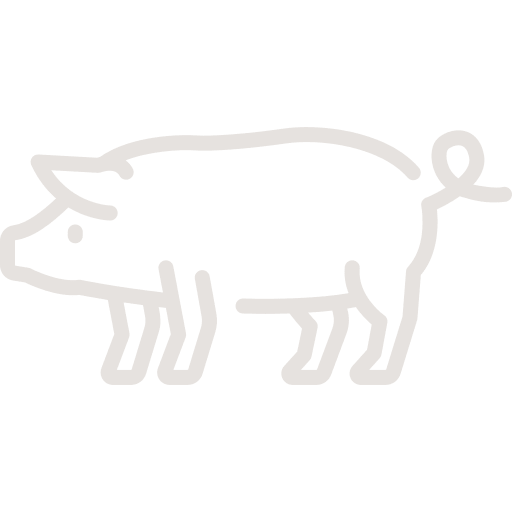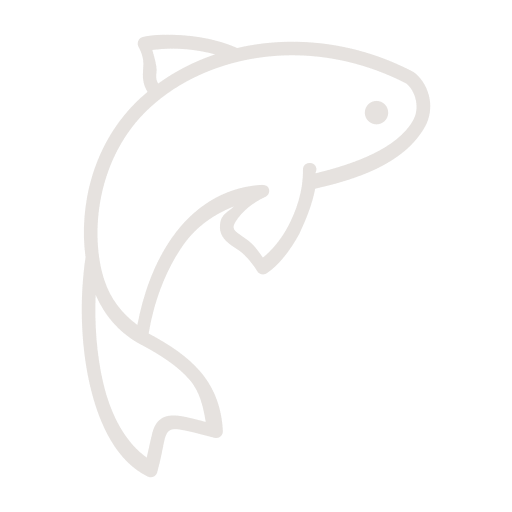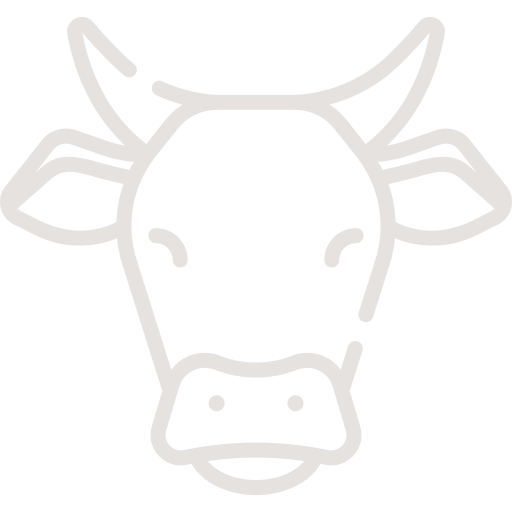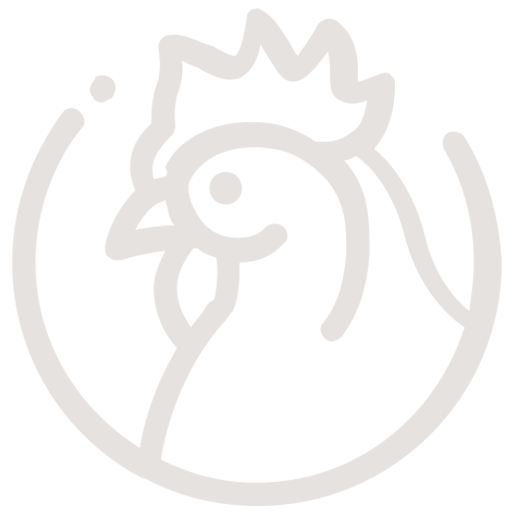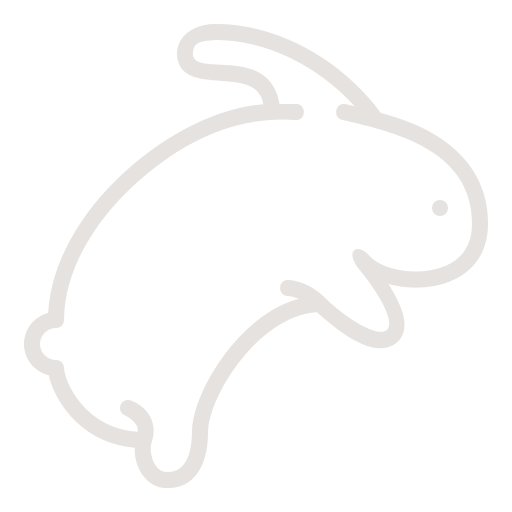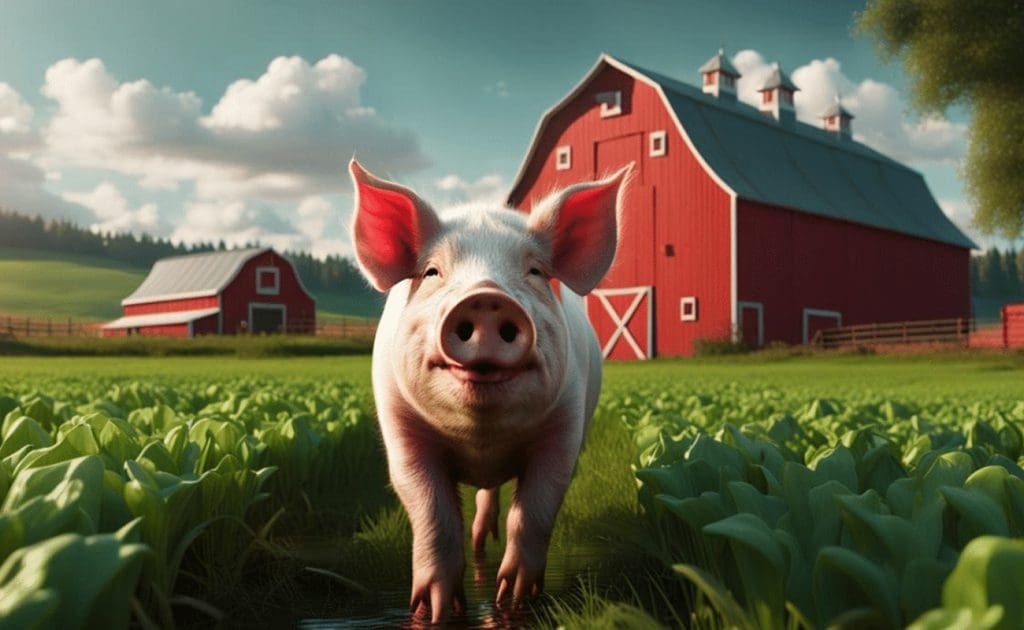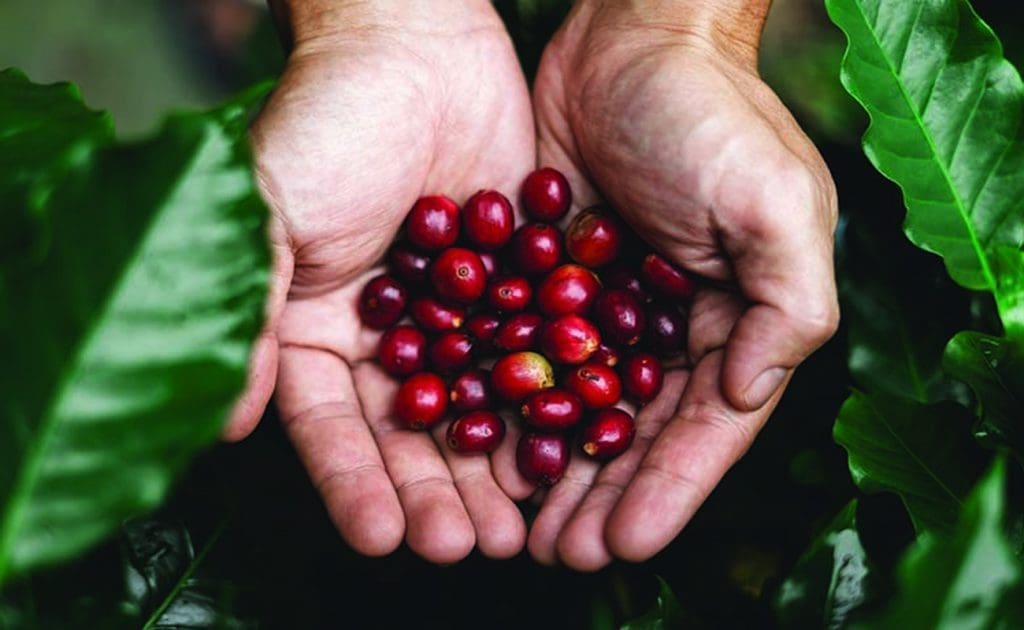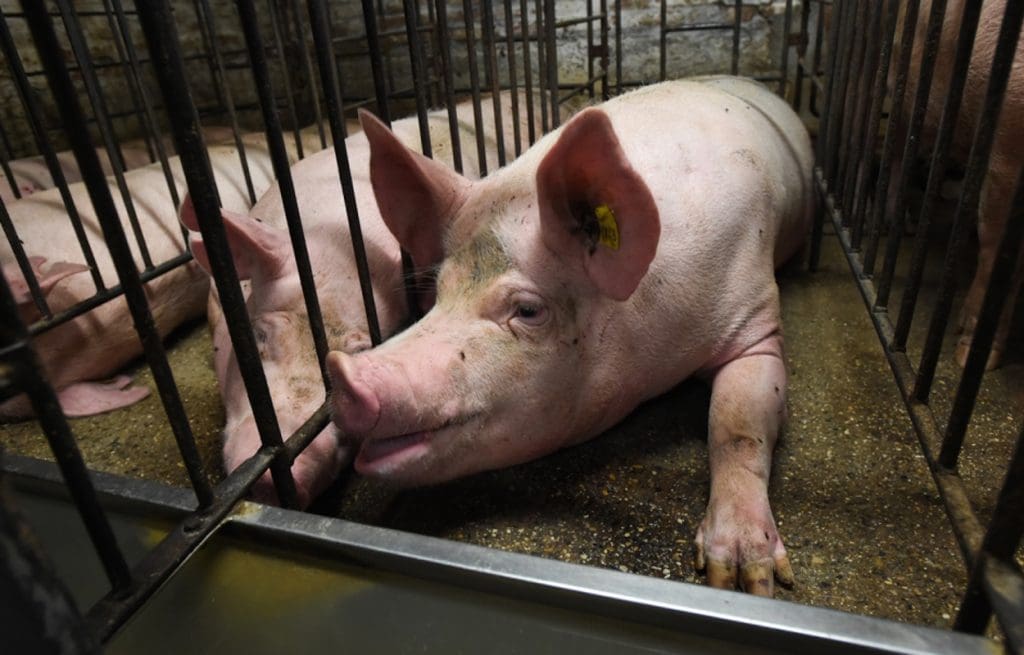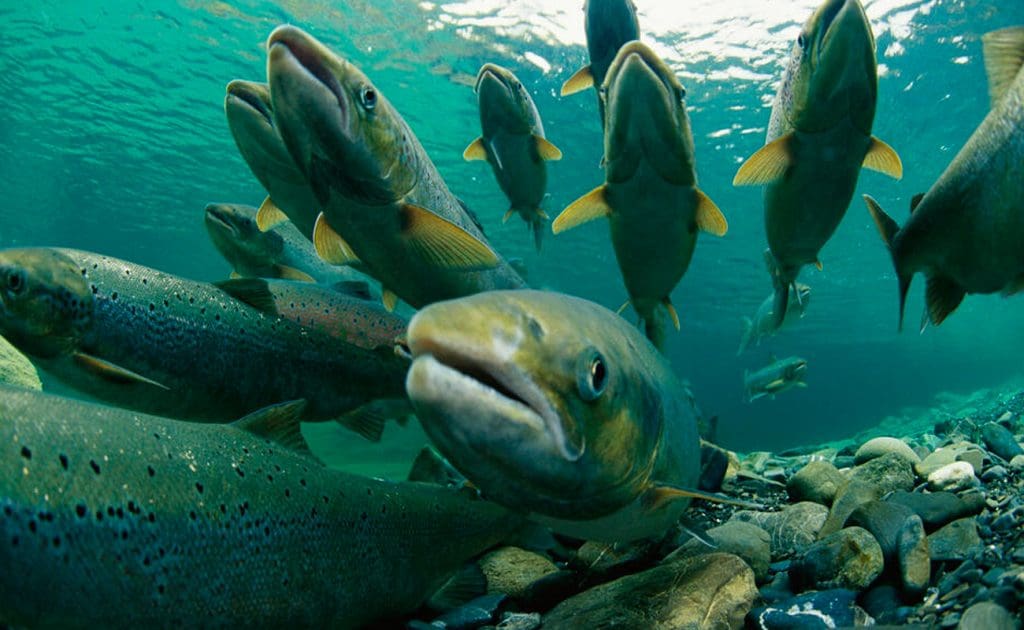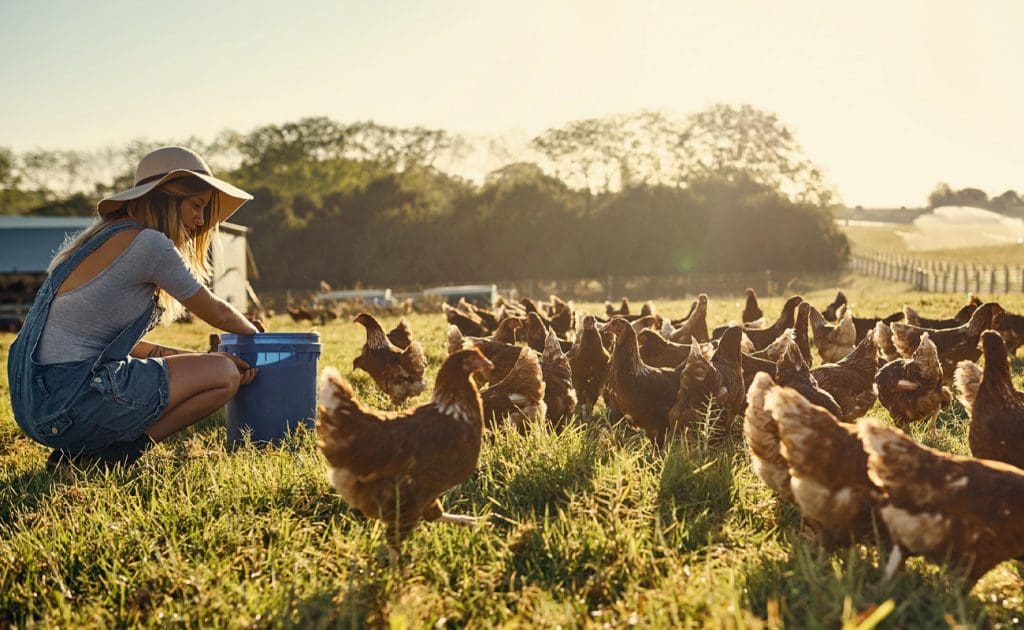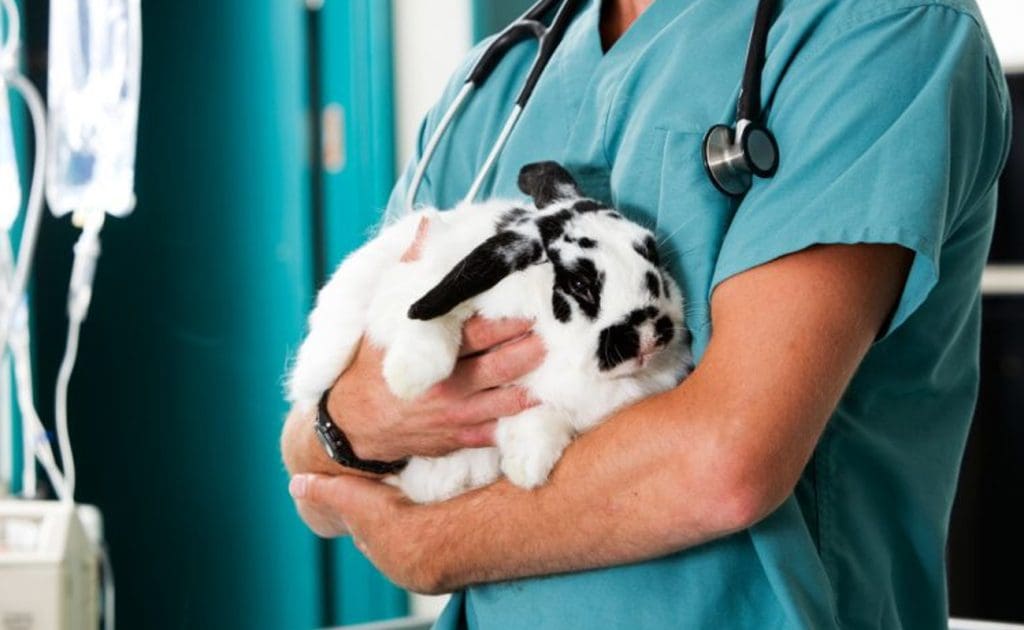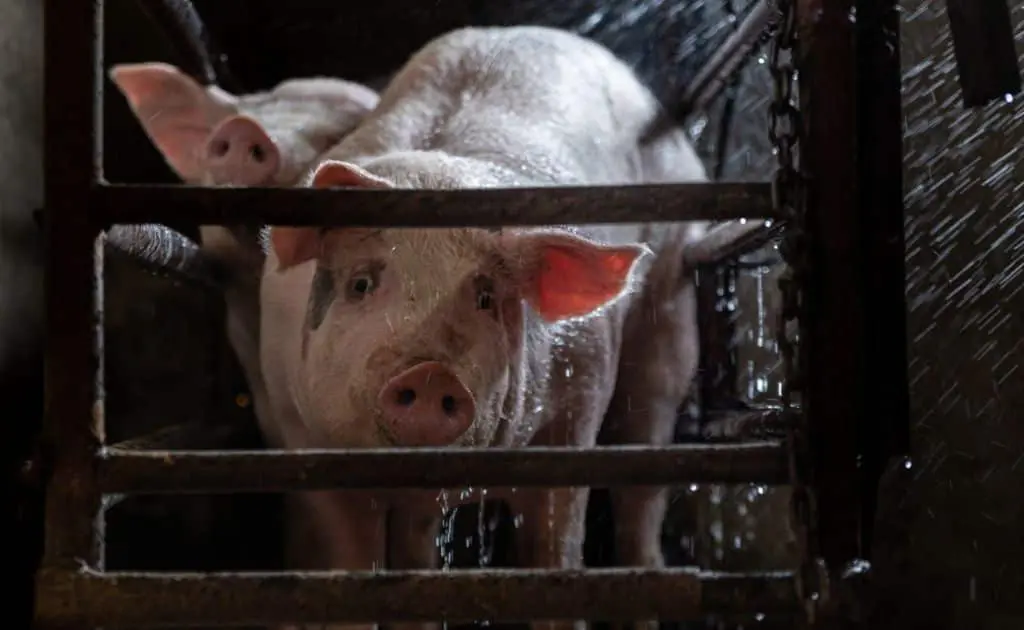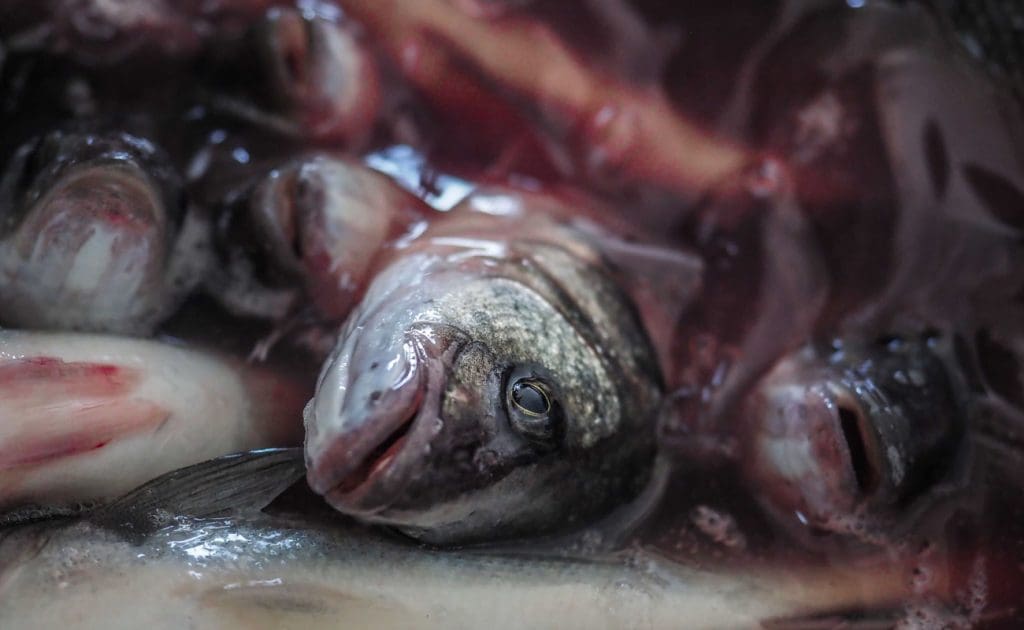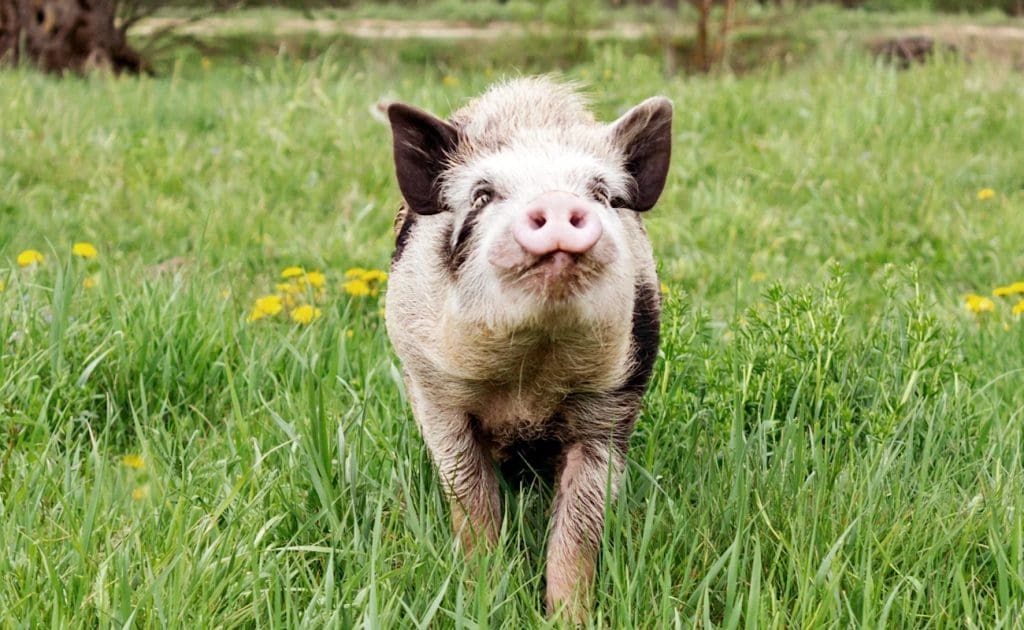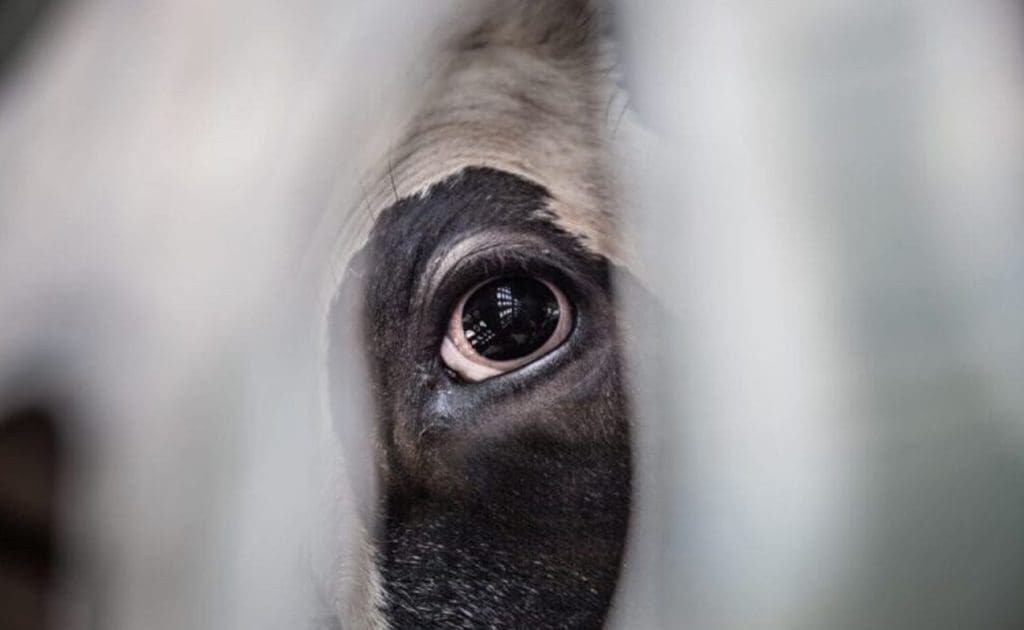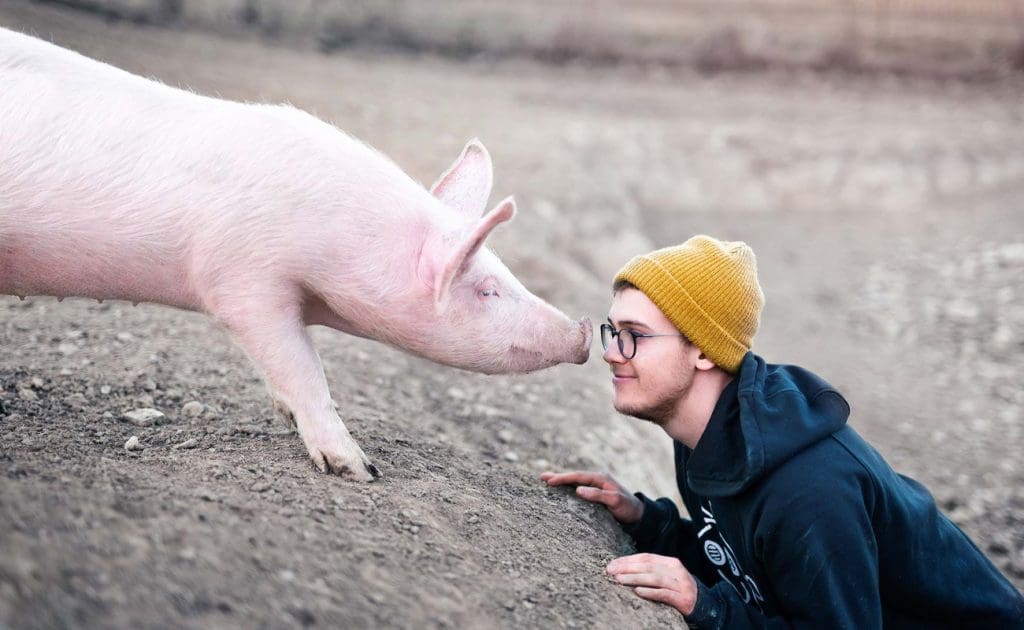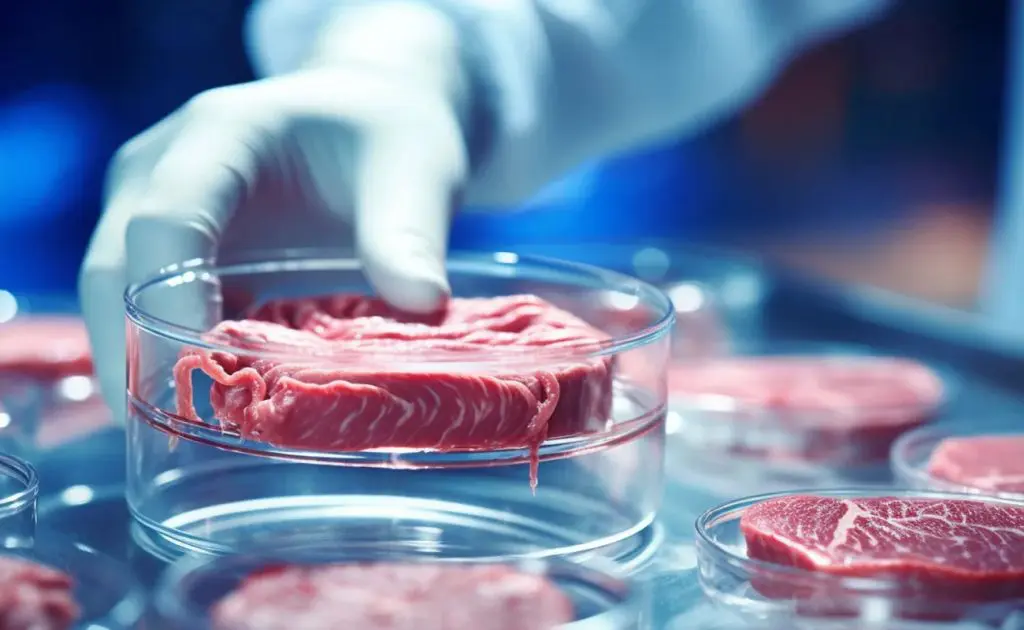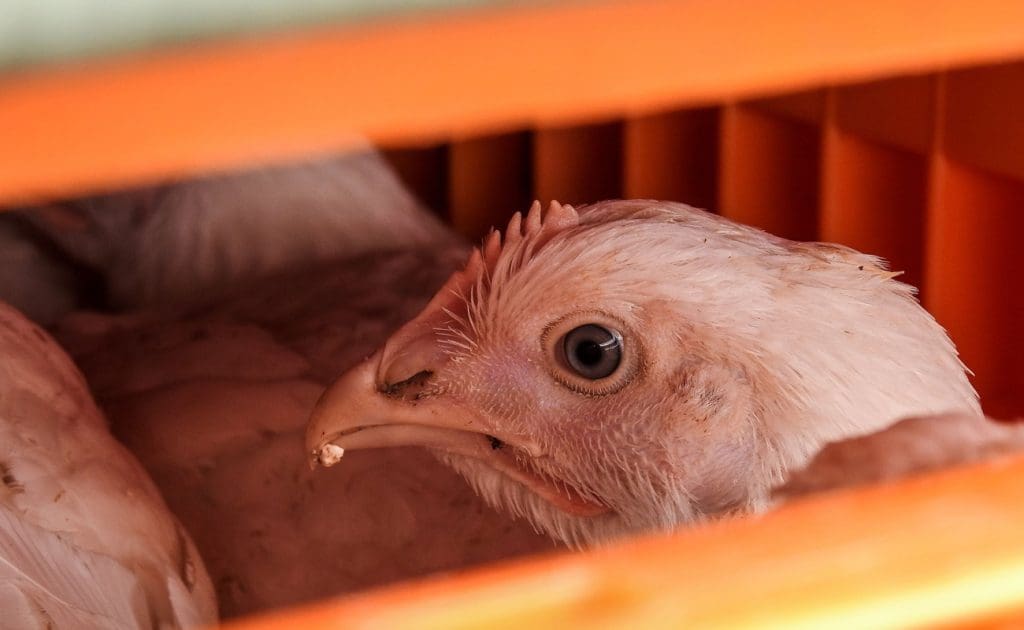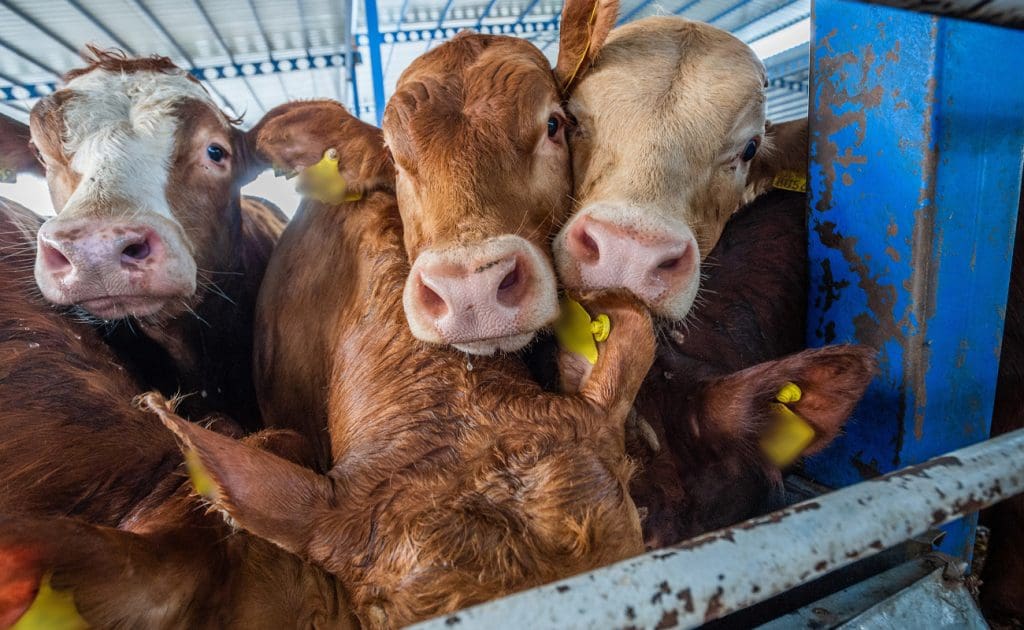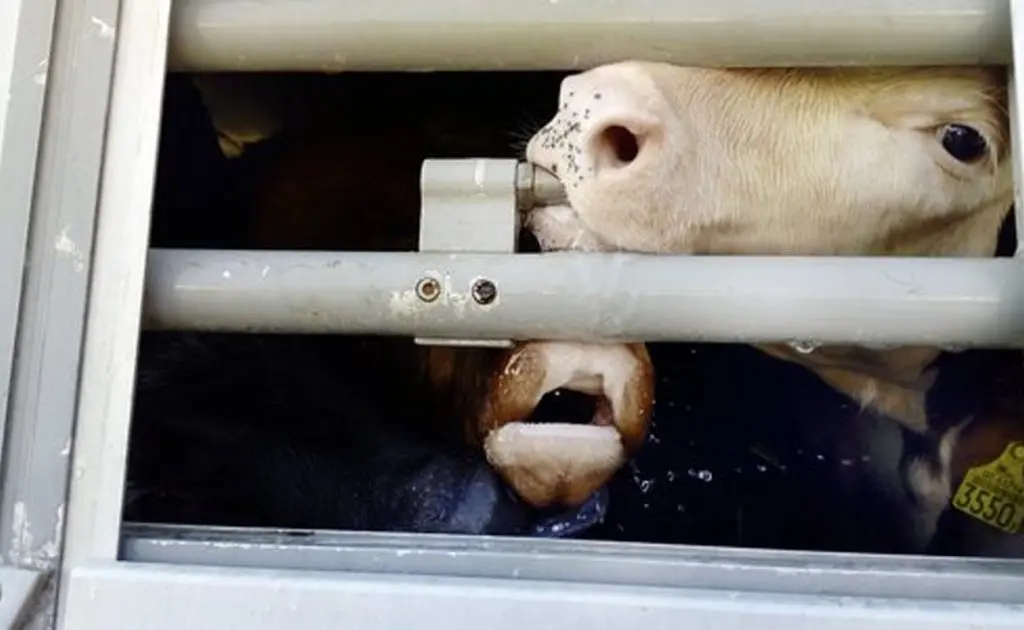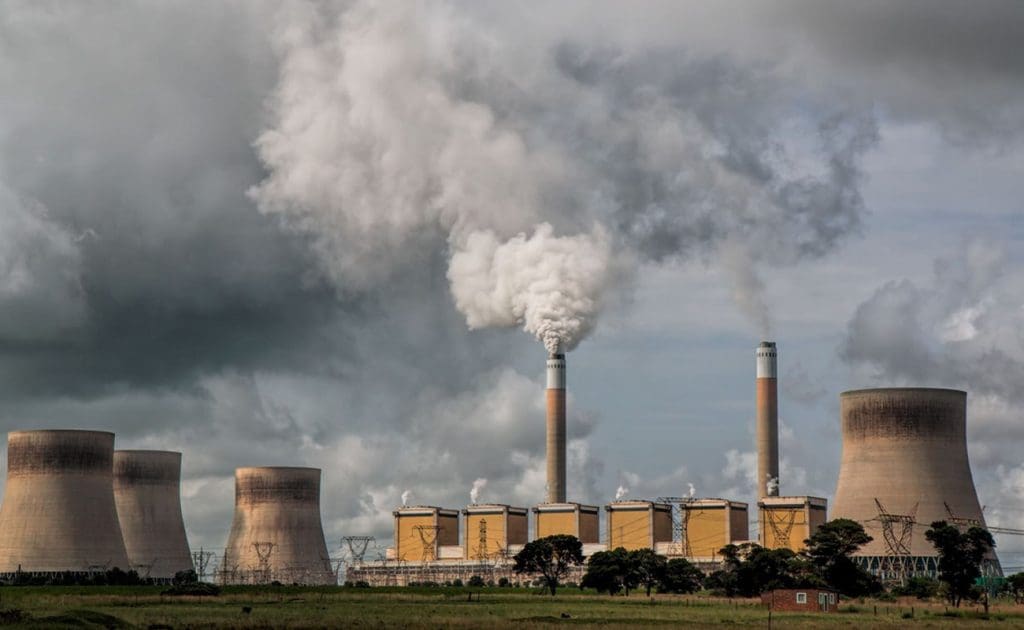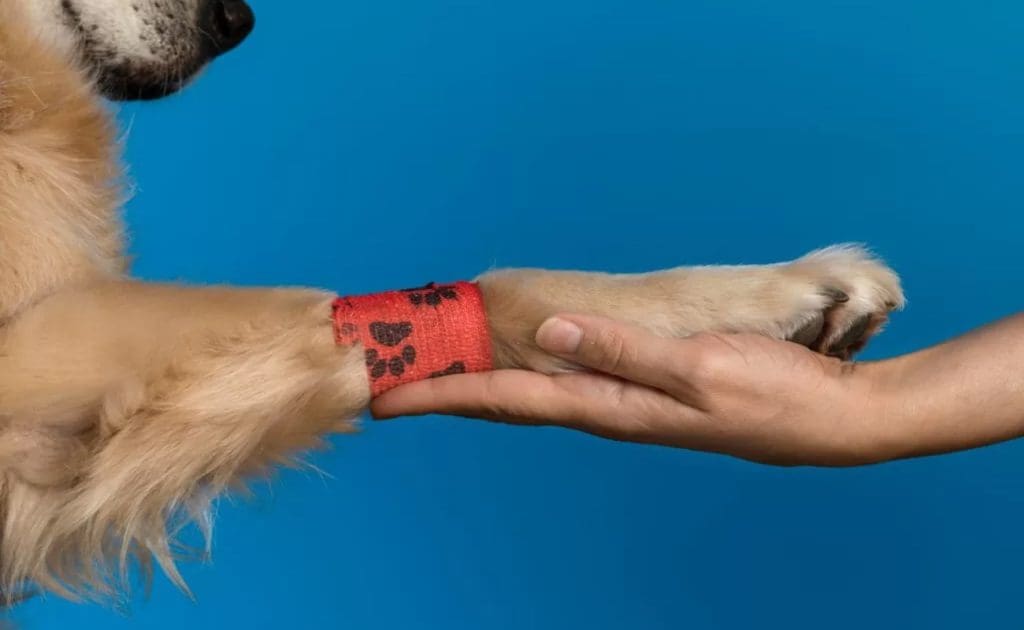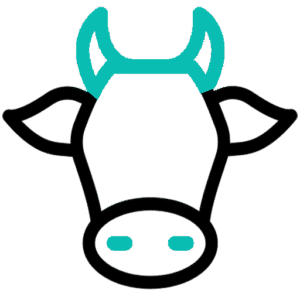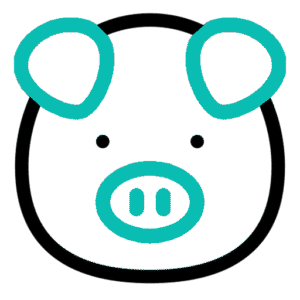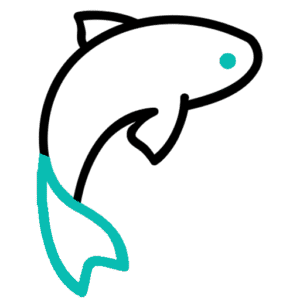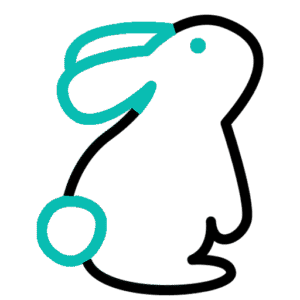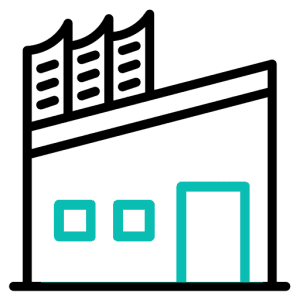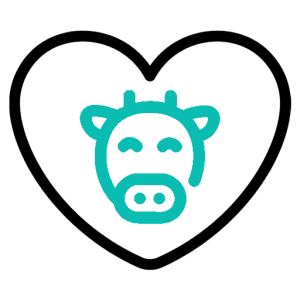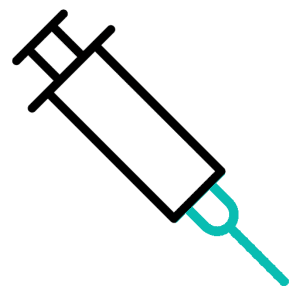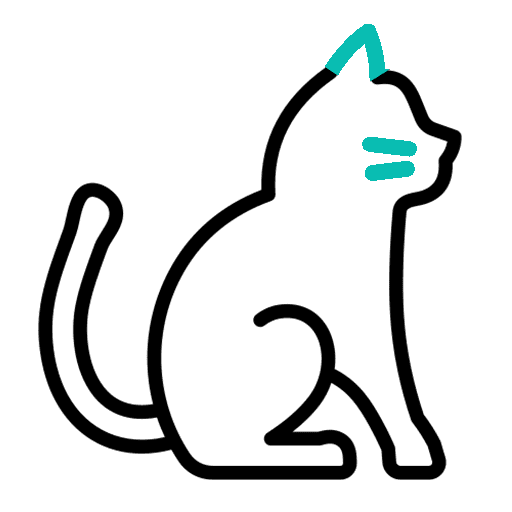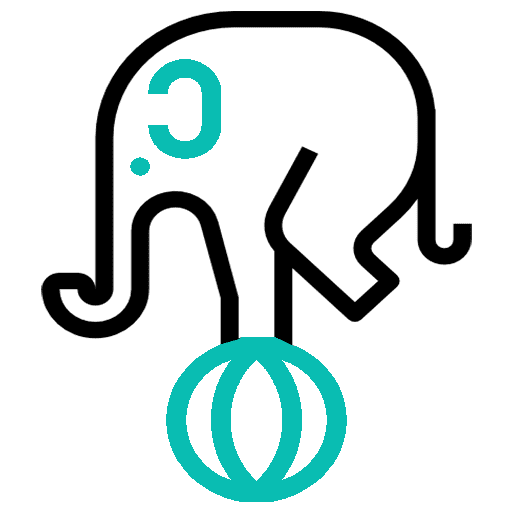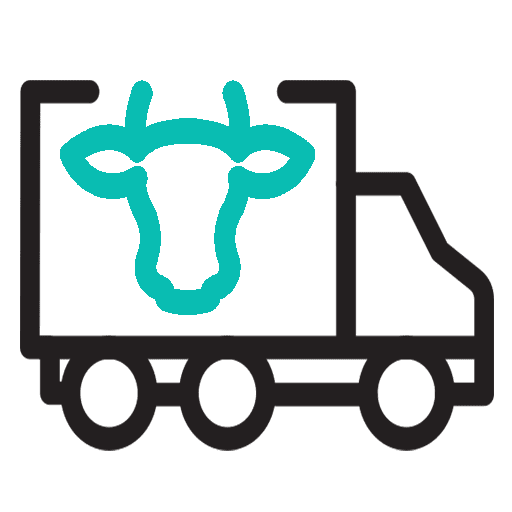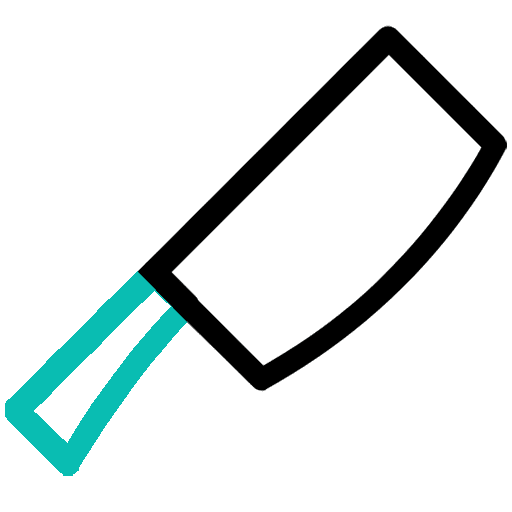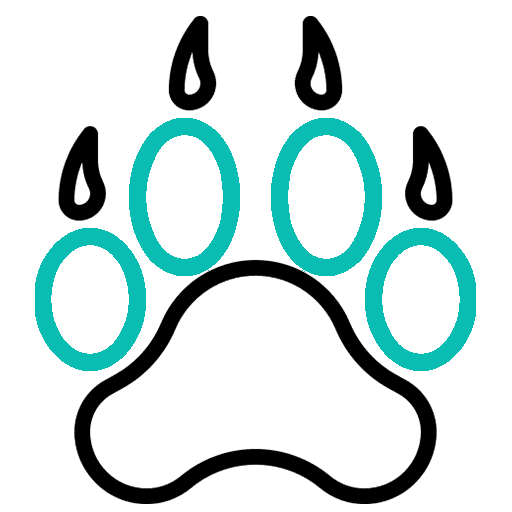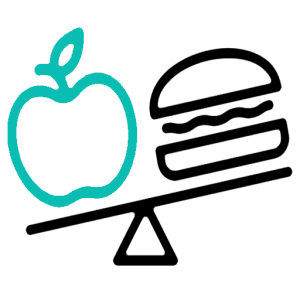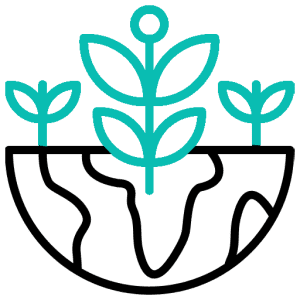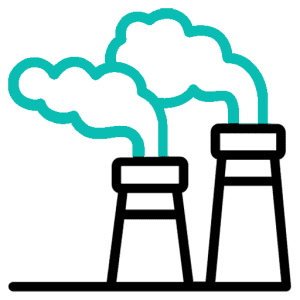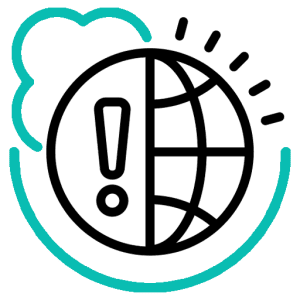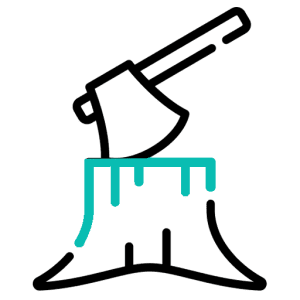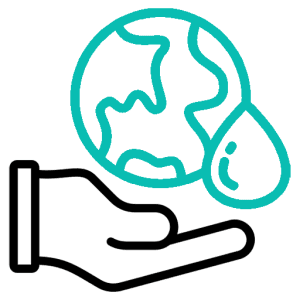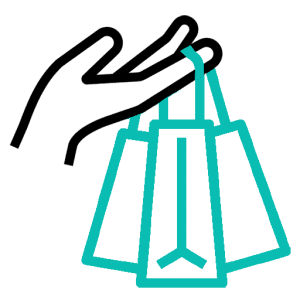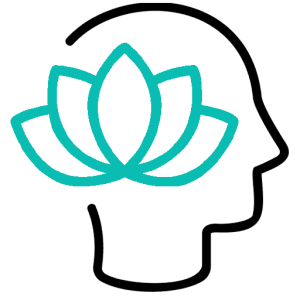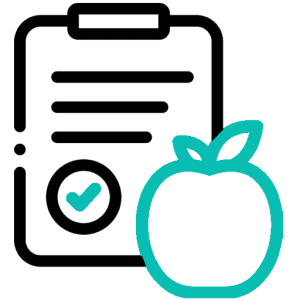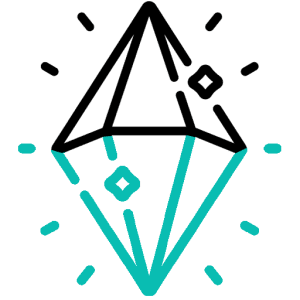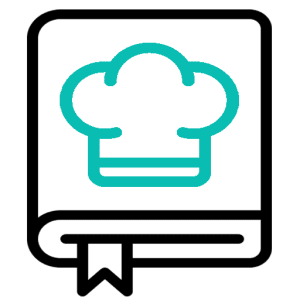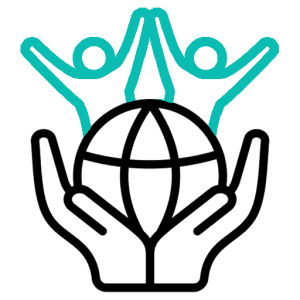Factory Farming
A System of Suffering
Behind factory walls, billions of animals endure a life of fear and pain. They are treated as products, not living beings — stripped of freedom, family, and the chance to live as nature intended.
Let’s create a kinder world for animals!
Because every life deserves compassion, dignity, and freedom.
For Animals
Together, we're building a world where chickens, cows, pigs, and all animals are recognised as sentient beings—capable of feeling, deserving of freedom. And we won’t stop until that world exists.
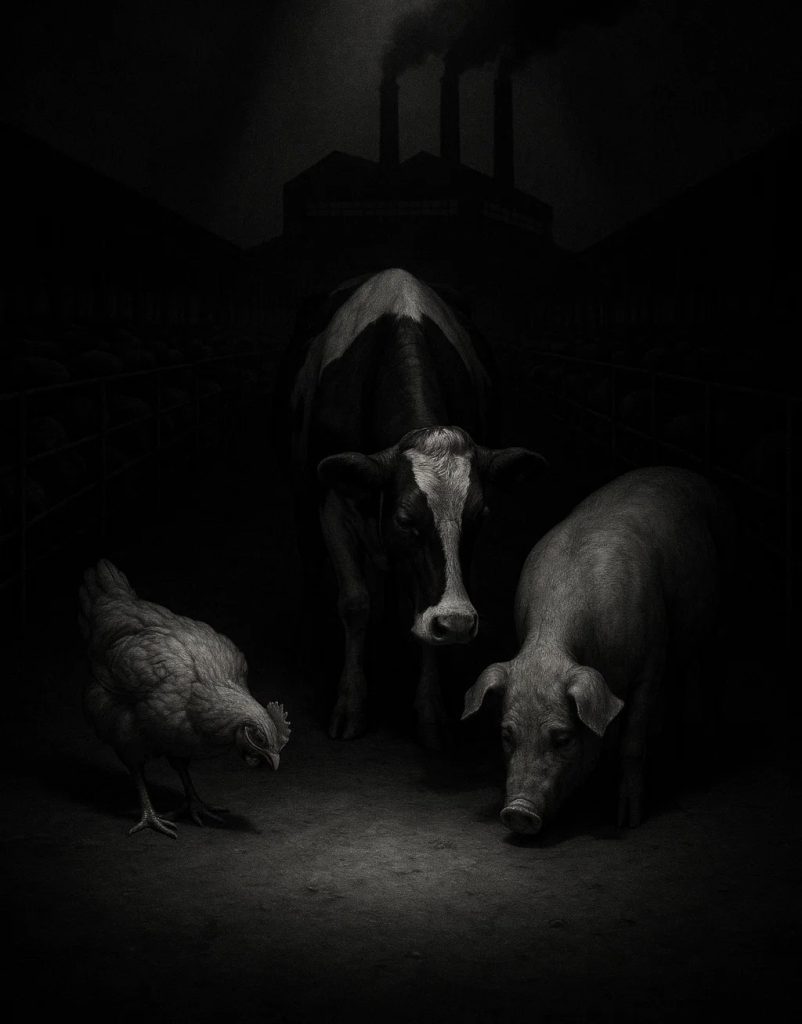

Silent Suffering
Behind the closed doors of factory farms, billions of animals live in darkness and pain. They feel, fear, and wish to live, but their cries are never heard.
Key Facts:
- Tiny, filthy cages with no freedom to move or express natural behaviour.
- Mothers separated from newborns within hours, causing extreme stress.
- Brutal practices such as debeaking, tail docking, and forced breeding.
- Use of growth hormones and unnatural feeding to speed up production.
- Slaughter before reaching their natural lifespan.
- Psychological trauma from confinement and isolation.
- Many die from untreated injuries or illnesses due to neglect.
They Feel. They Suffer. They Deserve Better.
Ending Factory Farming Cruelty and Animal Suffering
All over the world, billions of animals suffer in factory farms. They are confined, harmed, and ignored for profit and tradition. Each number represents a real life: a pig who wants to play, a hen who feels fear, a cow who forms close bonds. These animals are not machines or products. They are sentient beings with emotions, and they deserve dignity and compassion.
This page shows what these animals endure. It reveals the cruelty in industrial farming and other food industries that exploit animals on a large scale. These systems not only harm animals but also damage the environment and threaten public health. More importantly, this is a call to action. Once we know the truth, it is hard to ignore. When we understand their pain, we can help by making sustainable choices and opting for a plant-based diet. Together, we can reduce animal suffering and create a kinder, fairer world.
Inside Factory Farming
What They Don’t Want You to See
Introduction to Factory Farming
What is factory farming?
Every year, over 100 billion animals worldwide are killed for meat, dairy, and other animal products. This amounts to hundreds of millions each day. Most of these animals are raised in cramped, dirty, and stressful conditions. These facilities are called factory farms.
Factory farming is an industrial method of raising animals that focuses on efficiency and profit rather than their welfare. In the UK, there are now over 1,800 of these operations, and this number keeps increasing. Animals on these farms are packed into overcrowded spaces with little or no enrichment, often lacking the most basic welfare standards.
There is no universal definition of a factory farm. In the UK, a livestock operation is considered “intensive” if it keeps more than 40,000 chickens, 2,000 pigs, or 750 breeding sows. Cattle farms are largely unregulated in this system. In the U.S., these large operations are called Concentrated Animal Feeding Operations (CAFOs). A single facility might house 125,000 broiler chickens, 82,000 laying hens, 2,500 pigs, or 1,000 beef cattle.
Globally, it’s estimated that nearly three out of every four farmed animals are raised in factory farms, totaling around 23 billion animals at any given time.
While conditions differ by species and country, factory farming generally removes animals from their natural behaviors and environments. Once based on small, family-run farms, modern animal agriculture has turned into a profit-oriented model similar to assembly-line manufacturing. In these systems, animals may never experience daylight, walk on grass, or act naturally.
To increase output, animals are often selectively bred to grow larger or produce more milk or eggs than their bodies can manage. As a result, many experience chronic pain, lameness, or organ failure. The lack of space and hygiene often leads to disease outbreaks, which causes the widespread use of antibiotics just to keep animals alive until slaughter.
Factory farming has serious impacts—not just on animal welfare, but also on our planet and our health. It contributes to environmental damage, promotes the rise of antibiotic-resistant bacteria, and poses risks for potential pandemics. Factory farming is a crisis affecting animals, people, and ecosystems alike.
What Happens on Factory Farms?
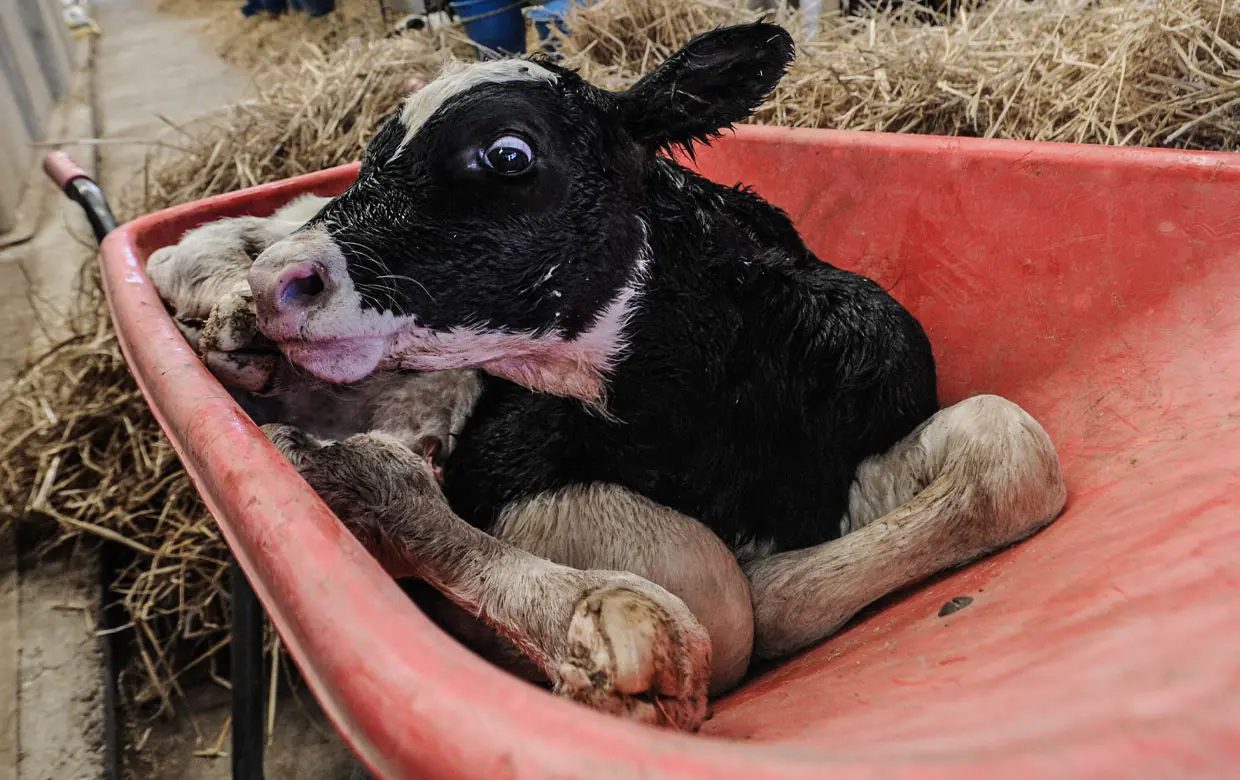
Inhumane treatment
Factory farming often involves practices that many consider inherently inhumane. While industry leaders may downplay cruelty, common practices—such as separating calves from their mothers, painful procedures like castration without pain relief, and denying animals any outdoor experience—paint a grim picture. For many advocates, the routine suffering in these systems shows that factory farming and humane treatment are fundamentally incompatible.
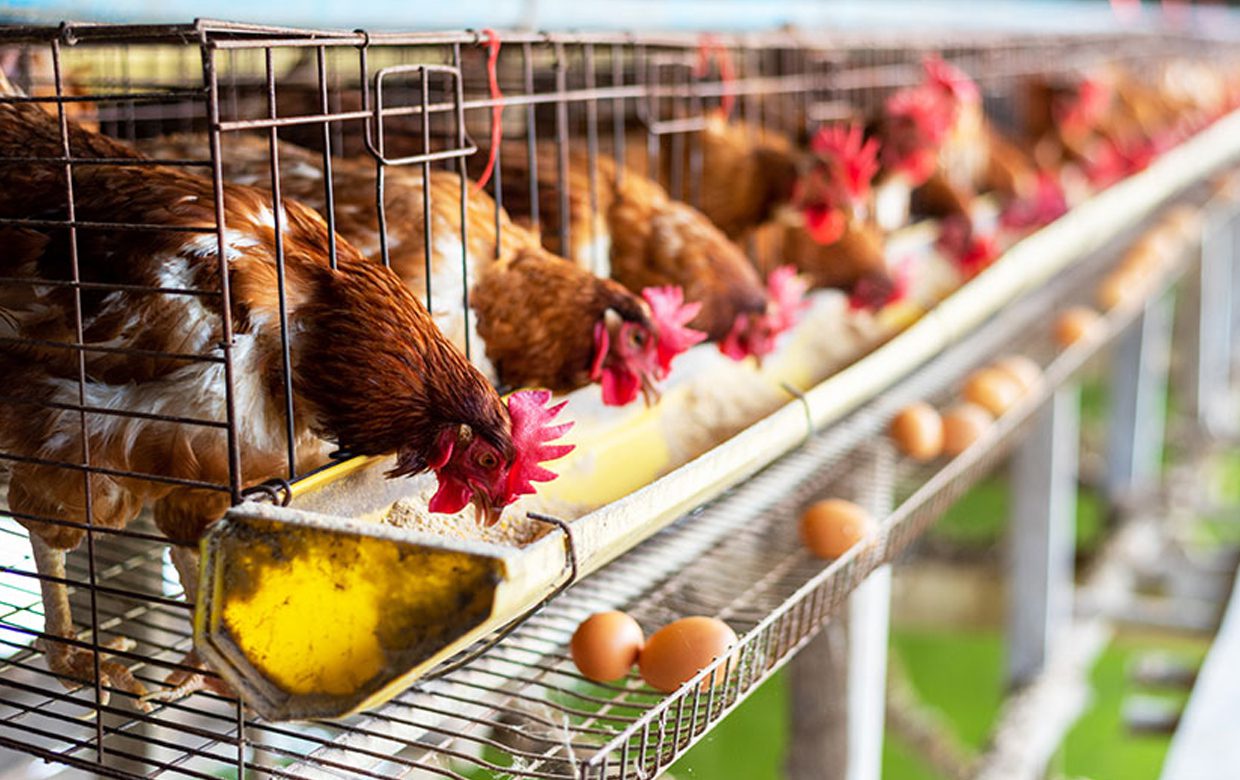
Animals are confined
Extreme confinement is a key feature of factory farming. It causes boredom, frustration, and severe stress for animals. Dairy cows in tie stalls are locked in place day and night, with little chance to move. Even in loose stalls, their lives are spent entirely indoors. Research indicates that confined animals suffer much more than those raised on pasture. Egg-laying hens are packed into battery cages, each given only as much space as a sheet of paper. Breeding pigs are kept in gestation crates that are so small they can't even turn around, facing this restriction for most of their lives.
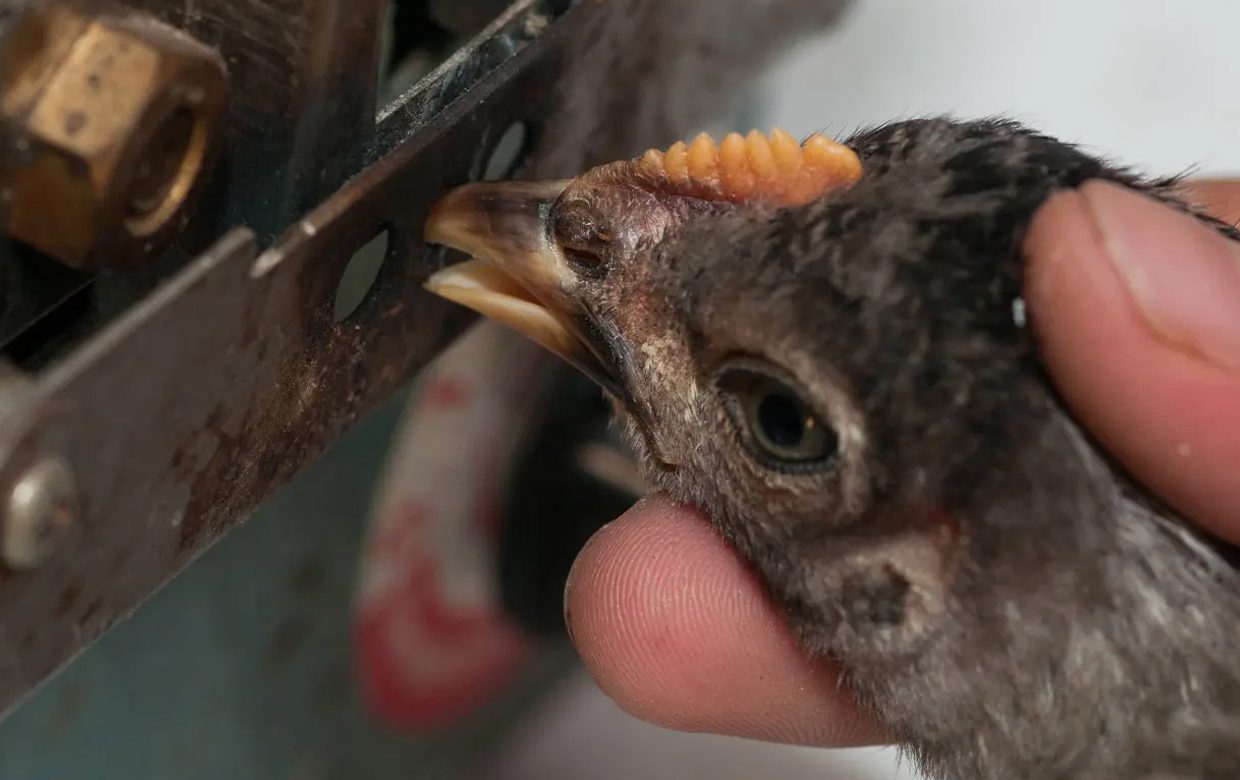
Debeaking Chickens
Chickens rely on their beaks to explore their environment, much like we use our hands. In crowded factory farms, though, their natural pecking can become aggressive, causing injuries and even cannibalism. Rather than providing more space, producers often cut off part of the beak with a hot blade, a process called debeaking. This causes both immediate and lasting pain. Chickens living in natural settings do not need this procedure, which shows that factory farming creates the very problems it tries to fix.
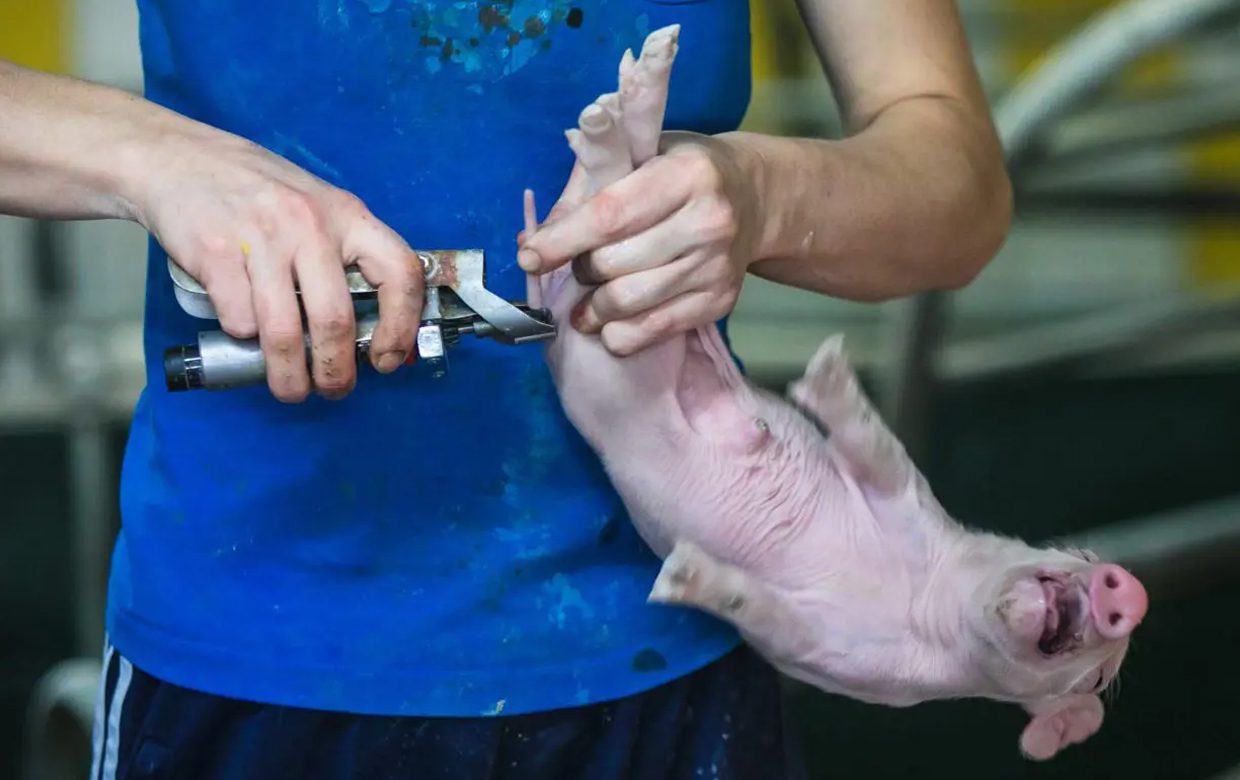
Cows and pigs are tail-docked
Animals on factory farms, such as cows, pigs, and sheep, routinely have their tails removed—a process known as tail-docking. This painful procedure is often carried out without anesthesia, causing significant distress. Some regions have banned it entirely due to concerns over long-term suffering. In pigs, tail-docking is intended to reduce tail biting—a behavior caused by the stress and boredom of overcrowded living conditions. Removing the tail’s tuft or causing pain is believed to make pigs less likely to bite each other. For cows, the practice is mostly done to make milking easier for workers. While some in the dairy industry claim it improves hygiene, multiple studies have questioned these benefits and shown that the procedure may do more harm than good.
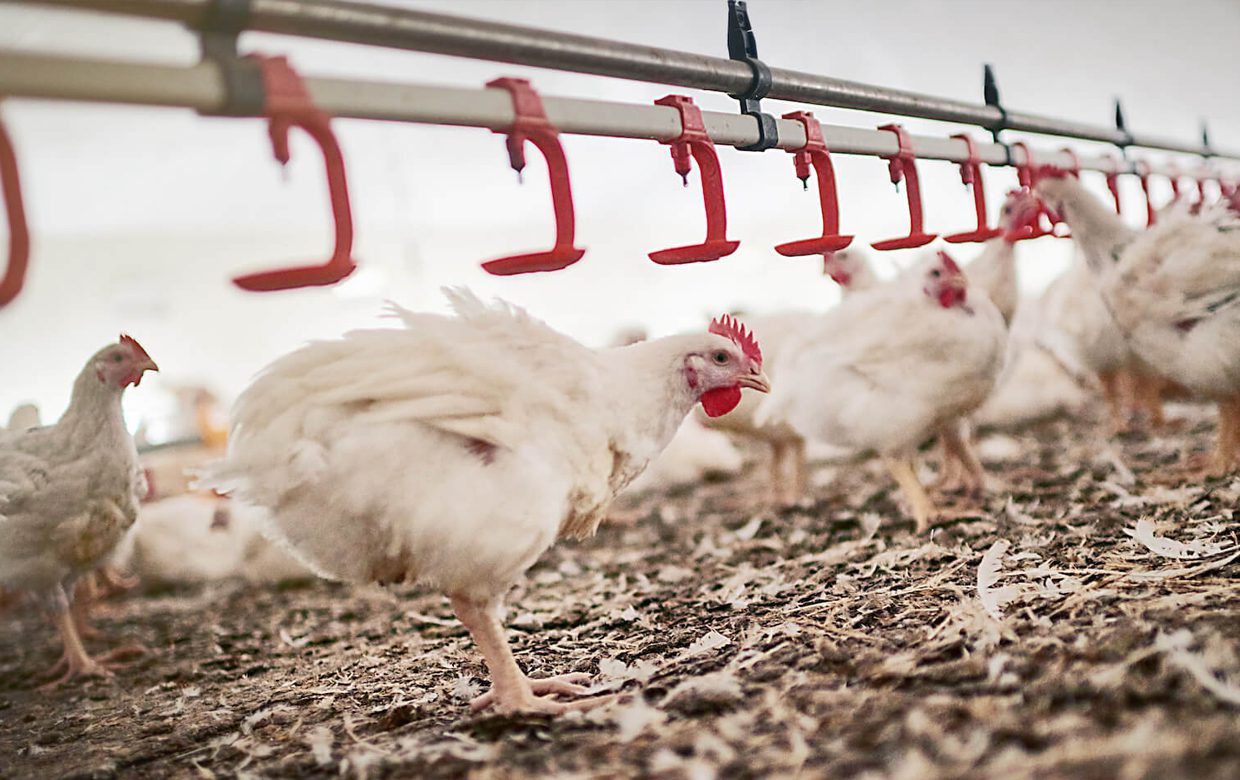
Genetic manipulation
Genetic manipulation in factory farms often involves selectively breeding animals to develop traits that benefit production. For example, broiler chickens are bred to grow unusually large breasts to meet consumer demand. But this unnatural growth causes serious health problems, including joint pain, organ failure, and reduced mobility. In other cases, cows are bred without horns to fit more animals into crowded spaces. While this may increase efficiency, it ignores the animal’s natural biology and reduces their quality of life. Over time, such breeding practices reduce genetic diversity, making animals more vulnerable to diseases. In large populations of nearly identical animals, viruses can spread faster and mutate more easily—posing risks not only to the animals but also to human health.
Which Animals Are Factory Farmed?
Chickens are, by far, the most intensively farmed land animals in the world. At any given time, there are over 26 billion chickens alive, more than three times the human population. In 2023, more than 76 billion chickens were slaughtered globally. The vast majority of these birds spend their brief lives in overcrowded, windowless sheds where they are denied natural behaviours, adequate space, and basic welfare.
Pigs also endure widespread industrial farming. It’s estimated that at least half of the world’s pigs are raised in factory farms. Many are born inside restrictive metal crates and spend their entire lives in barren enclosures with little to no room for movement before being sent to slaughter. These highly intelligent animals are routinely deprived of enrichment and suffer both physical and psychological distress.
Cattle, raised for both milk and meat, are also affected. Most cows in industrial systems live indoors in dirty, crowded conditions. They do not have access to pasture and cannot graze. They miss social interactions and the chance to care for their young. Their lives focus entirely on meeting productivity goals rather than on their well-being.
Beyond these more well-known species, a wide range of other animals are also subjected to factory farming. Rabbits, ducks, turkeys, and other types of poultry, as well as fish and shellfish, are increasingly being raised under similar industrial conditions.
In particular, aquaculture-the farming of fish and other aquatic animals-has grown rapidly in recent years. Though often overlooked in conversations about animal agriculture, aquaculture now exceeds wild-capture fisheries in global production. In 2022, of the 185 million tons of aquatic animals produced worldwide, 51% (94 million tons ) came from fish farms, while 49% (91 million tons ) came from wild capture. These farmed fish are typically raised in crowded tanks or sea pens, with poor water quality, high stress levels, and little to no room to swim freely.
Whether on land or in water, the expansion of factory farming continues to raise pressing concerns about animal welfare, environmental sustainability, and public health. Understanding which animals are affected is a critical first step toward reforming how food is produced.
References
- Our World in Data. 2025. How many animals are factory-farmed? Available at:
https://ourworldindata.org/how-many-animals-are-factory-farmed - Our World in Data. 2025. Number of chickens, 1961 to 2022. Available at:
https://ourworldindata.org/explorers/animal-welfare - FAOSTAT. 2025. Crops and livestock products. Available at:
https://www.fao.org/faostat/en/ - Compassion in World Farming. 2025 Pig Welfare. 2015. Available at:
https://www.ciwf.org.uk/farm-animals/pigs/pig-welfare/ - Food and Agriculture Organisation of the United Nations (FAO). 2018. The State of the World Fisheries and Aquaculture 2024. Available at:
https://www.fao.org/publications/home/fao-flagship-publications/the-state-of-world-fisheries-and-aquaculture/en
Number of Animals Killed
How many animals are killed globally each year for meat, fish, or shellfish?
Every year, approximately 83 billion land animals are slaughtered for meat. In addition, countless trillions of fish and shellfish are killed—numbers so vast they are often measured by weight rather than individual lives.
Land Animals
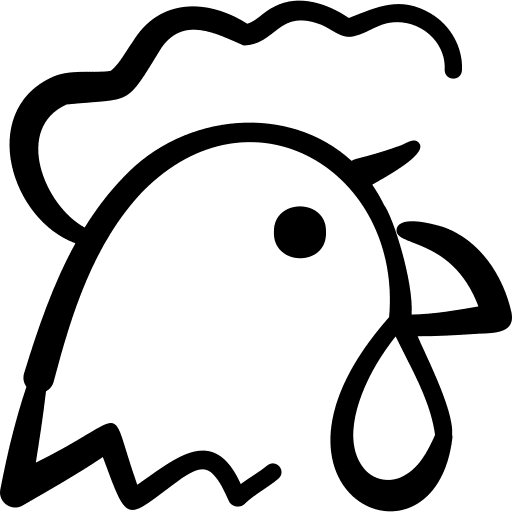
Chickens
75,208,676,000

Turkeys
515,228,000
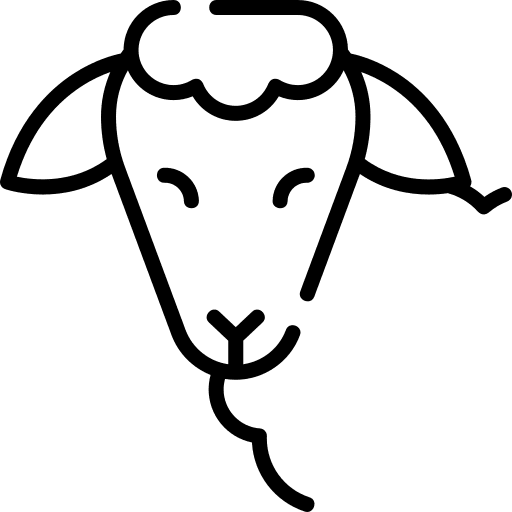
Sheep and Lambs
637,269,688
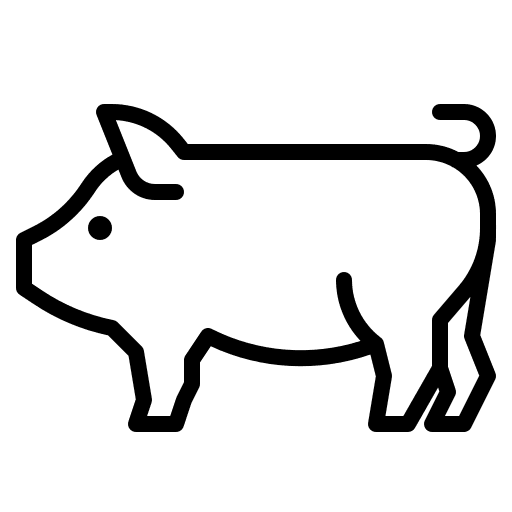
Pigs
1,491,997,360

Cattle
308,640,252

Ducks
3,190,336,000
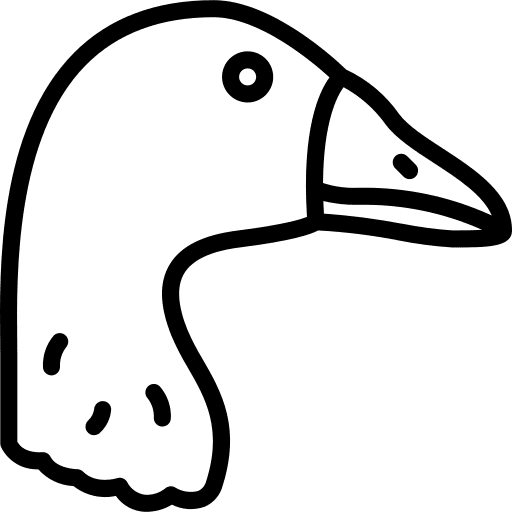
Goose and Guinea Fowl
750,032,000
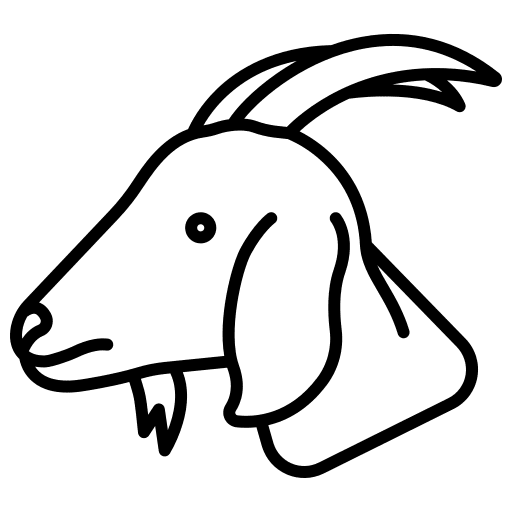
Goats
504,135,884
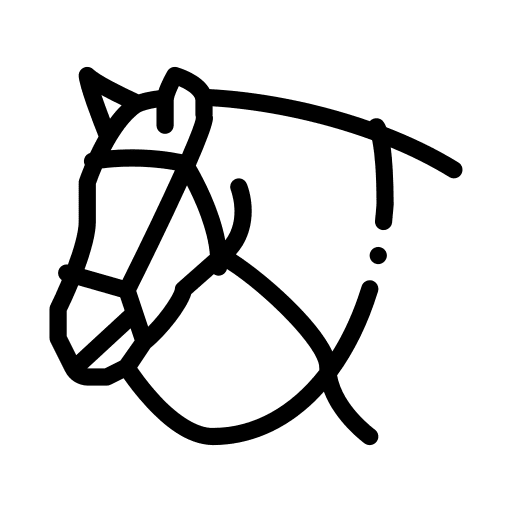
Horses
4,650,017
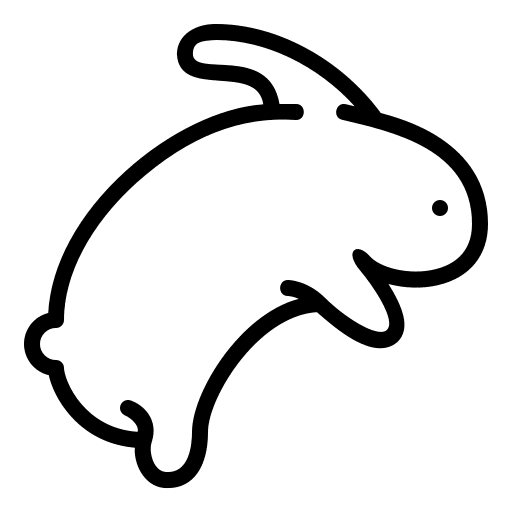
Rabbits
533,489,000
Aquatic Animals
Wild Fish
1.1 to 2.2 trillion
Excludes illegal fishing, discards and ghost fishing
Wild Shellfish
Many trillions
Farmed Fish
124 billion
Farmed crustaceans
253 to 605 billion
References
- Mood A and Brooke P. 2024. Estimating global numbers of fishes caught from the wild annually from 2000 to 2019. Animal Welfare. 33, e6.
- Numbers of farmed decapod crustaceans.
https://fishcount.org.uk/fish-count-estimates-2/numbers-of-farmed-decapod-crustaceans.
Slaughter: How Animals Are Killed?
Every day, approximately 200 million land animals—including cows, pigs, sheep, chickens, turkeys, and ducks—are transported to slaughterhouses. Not a single one goes by choice, and none leave alive.
What is a slaughterhouse?
A slaughterhouse is a facility where farmed animals are killed and their bodies turned into meat and other products. These operations focus on being efficient, putting speed and output ahead of animal welfare.
No matter what the label on the final product says—whether it is “free-range,” “organic,” or “pasture-raised”—the result is the same: the early death of an animal that did not want to die. No slaughter method, regardless of how it is marketed, can remove the pain, fear, and trauma animals face in their last moments. Many of those killed are young, often just babies or adolescents by human standards, and some are even pregnant at the time of slaughter.
How are animals killed in slaughterhouses?
Slaughter of large animals
Slaughterhouse rules require that cows, pigs, and sheep be “stunned” before their throats are slit to cause death by blood loss. But stunning methods—originally designed to be lethal—are often painful, unreliable, and frequently fail. As a result, many animals remain conscious as they bleed to death.
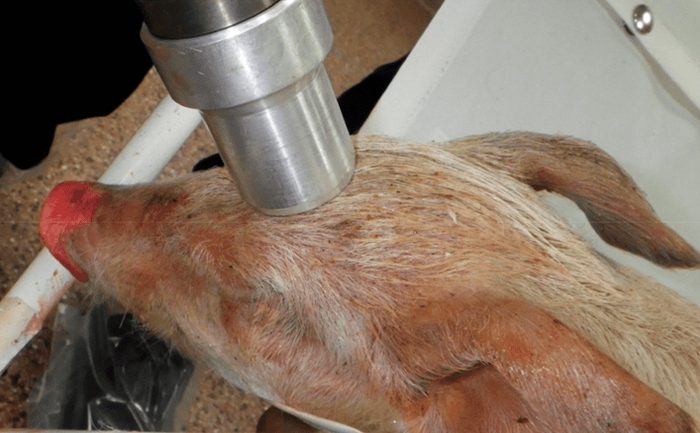
Captive Bolt Stunning
Captive bolt is a common method used to "stun" cows before slaughter. It involves firing a metal rod into the animal’s skull to cause brain trauma. However, this method often fails, requiring multiple attempts and leaving some animals conscious and in pain. Studies show it's unreliable and can lead to severe suffering before death.
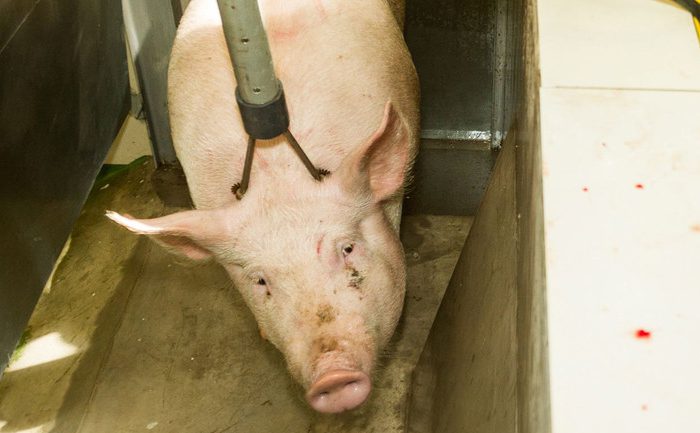
Electrical Stunning
In this method, pigs are soaked with water and then shocked with an electric current to the head to induce unconsciousness. Nonetheless, this approach is ineffective in as many as 31% of instances, resulting in numerous pigs remaining conscious during the process of having their throats cut. This method is also applied to eliminate weak or undesired piglets, which presents significant animal welfare issues.
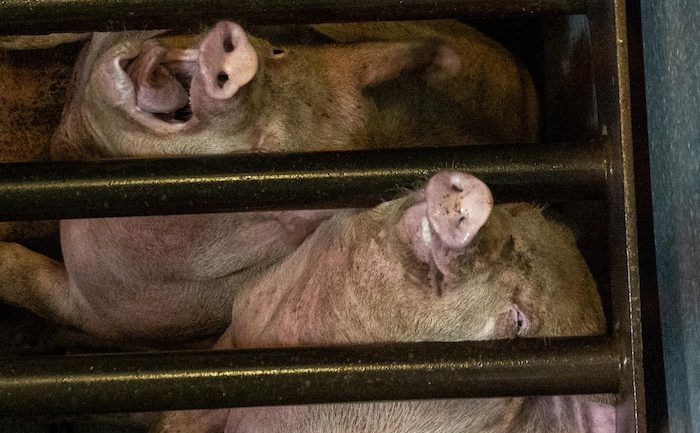
Gas Stunning
This method involves placing pigs in chambers filled with high levels of carbon dioxide (CO₂), intended to knock them unconscious. However, the process is slow, unreliable, and deeply distressing. Even when it works, breathing concentrated CO₂ causes intense pain, panic, and respiratory suffering before loss of consciousness.
Slaughtering poultry
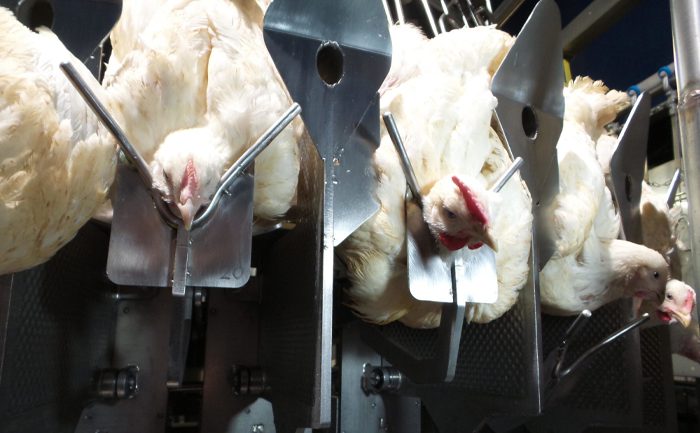
Electrical Stunning
Chickens and turkeys are shackled upside down—often causing broken bones—before being dragged through an electrified water bath meant to stun them. The method is unreliable, and many birds remain conscious when their throats are slit or when they reach the scalding tank, where some are boiled alive.
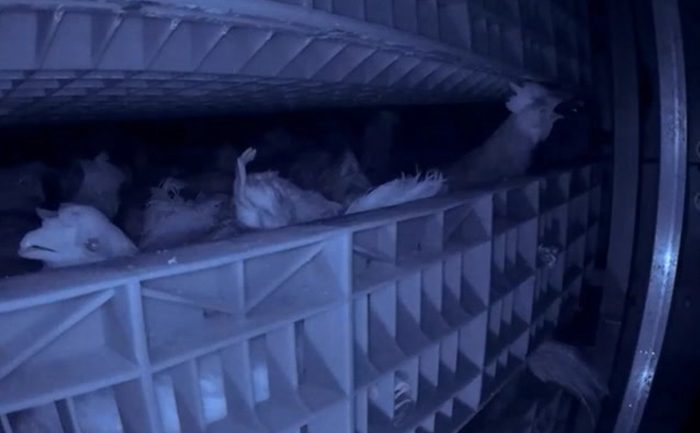
Gas killing
In poultry slaughterhouses, crates of live birds are placed in gas chambers using carbon dioxide or inert gases like argon. Although CO₂ is more painful and less effective at stunning than inert gases, it’s cheaper—so it remains the industry’s preferred choice despite the added suffering it causes.
Why Is Factory Farming Bad?
Factory farming poses serious threats to animals, the environment, and human health. It is widely recognized as an unsustainable system that could lead to catastrophic consequences in the coming decades.

Animal welfare
Factory farming denies animals even their most basic needs. Pigs never feel the earth beneath them, cows are torn from their calves, and ducks are kept from water. Most are killed as babies. No label can hide the suffering—behind every “high welfare” sticker is a life of stress, pain, and fear.
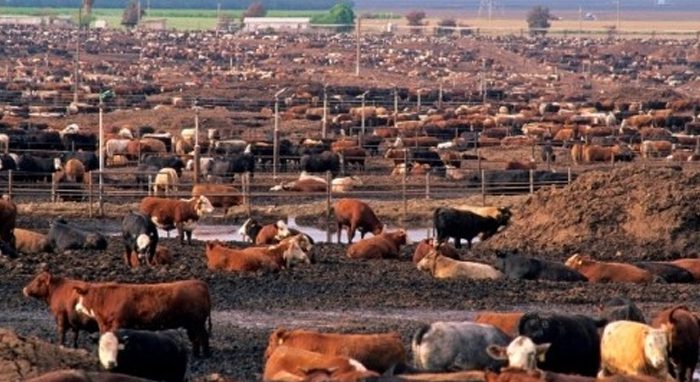
Environmental impact
Factory farming is devastating for the planet. It’s responsible for around 20% of global greenhouse gas emissions and consumes vast amounts of water—for both animals and their feed. These farms pollute rivers, trigger dead zones in lakes, and drive massive deforestation, as a third of all cereals are grown just to feed farmed animals—often on cleared forests.
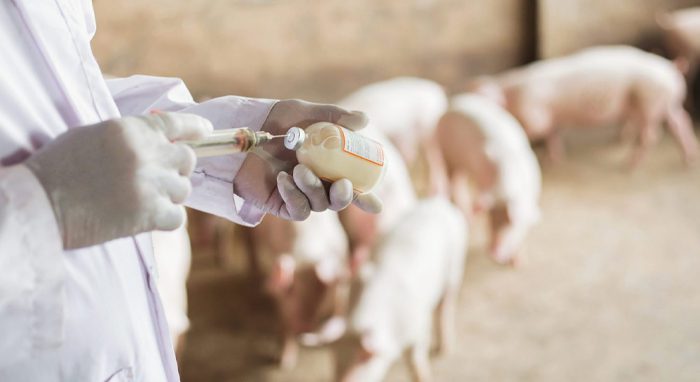
Public Health
Factory farming poses a serious threat to global health. Around 75% of the world’s antibiotics are used on farmed animals, driving antibiotic resistance that could surpass cancer in global deaths by 2050. Cramped, unsanitary farms also create perfect breeding grounds for future pandemics—potentially deadlier than COVID-19. Ending factory farming isn’t just ethical—it’s essential for our survival.
References
- Xu X, Sharma P, Shu S et al. 2021. Global greenhouse gas emissions from animal-based foods are twice those of plant-based foods. Nature Food. 2, 724-732. Available at:
http://www.fao.org/3/a-a0701e.pdf - Walsh, F. 2014. Superbugs to kill ‘more than cancer’ by 2050. Available at:
https://www.bbc.co.uk/news/health-30416844
Image Gallery
Warning
The following section contains graphic content that some viewers may find upsetting.
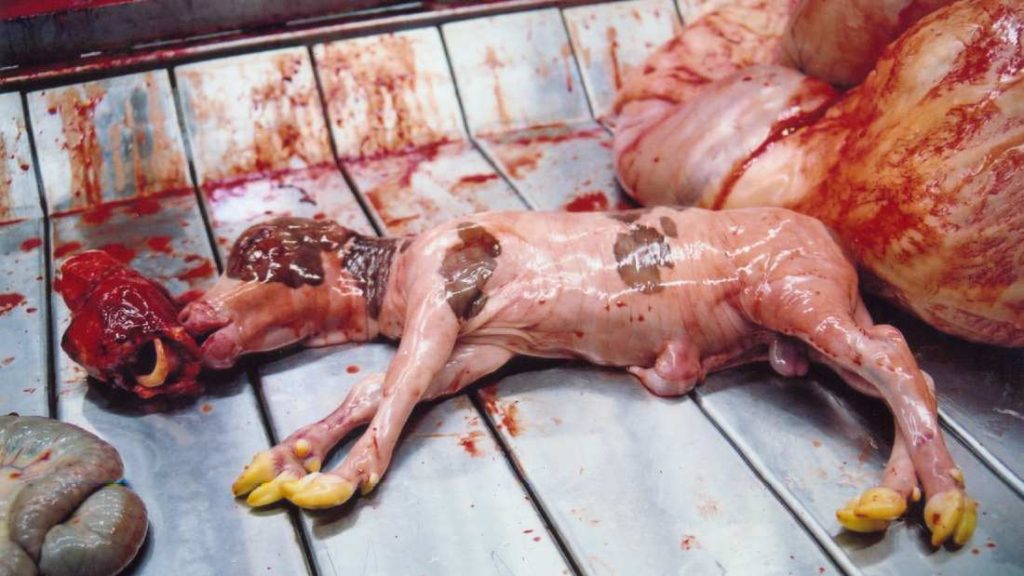
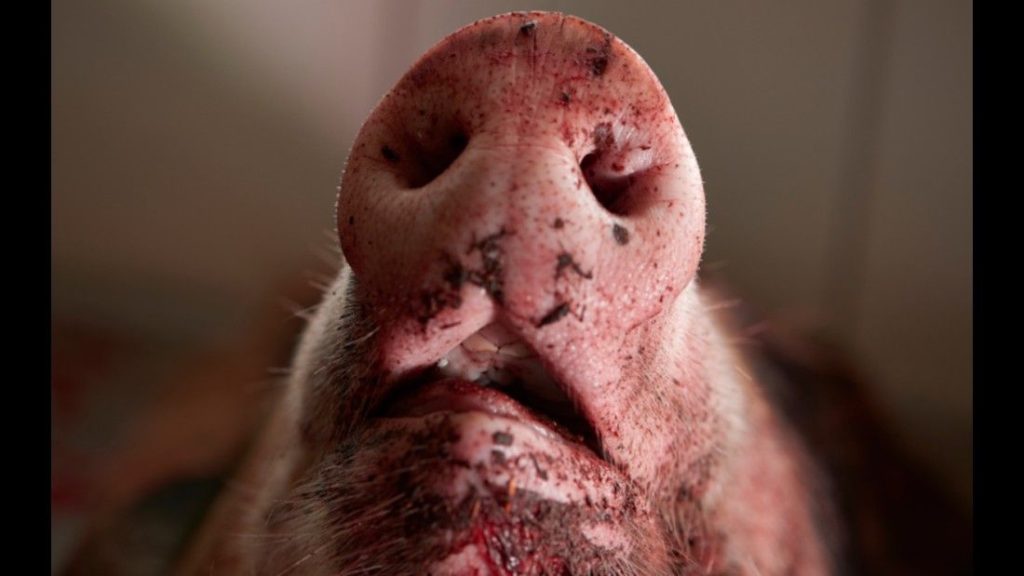
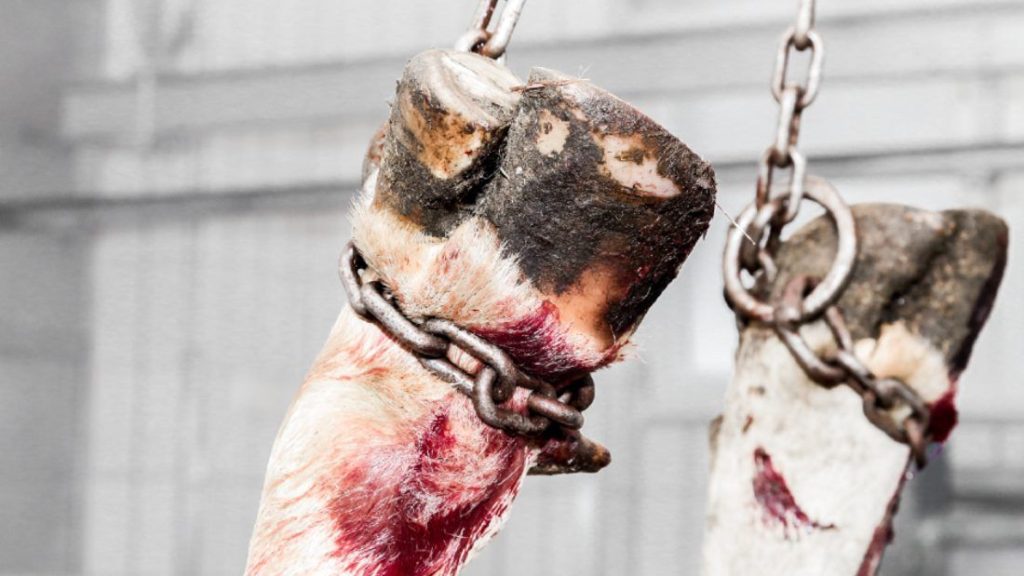


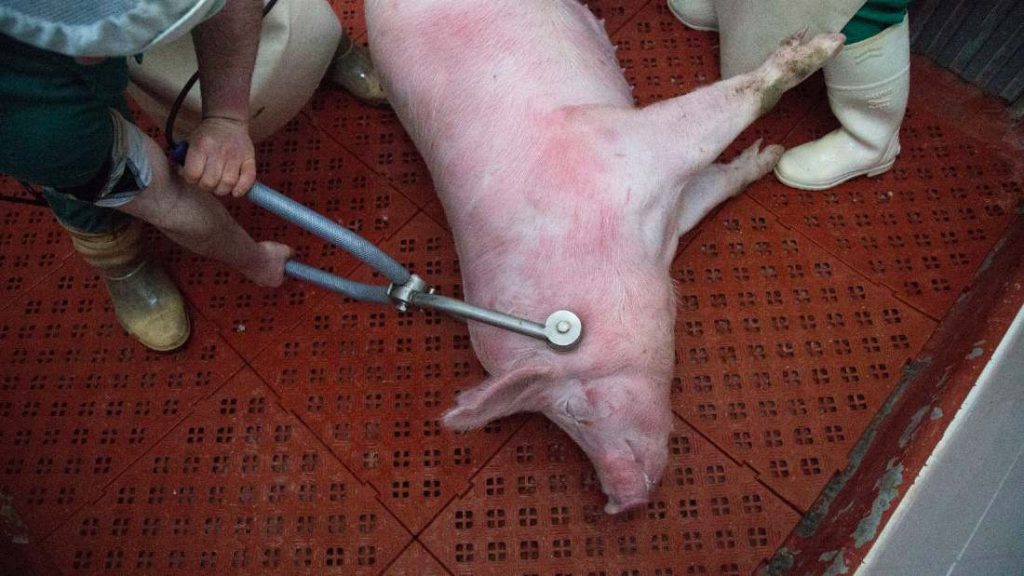

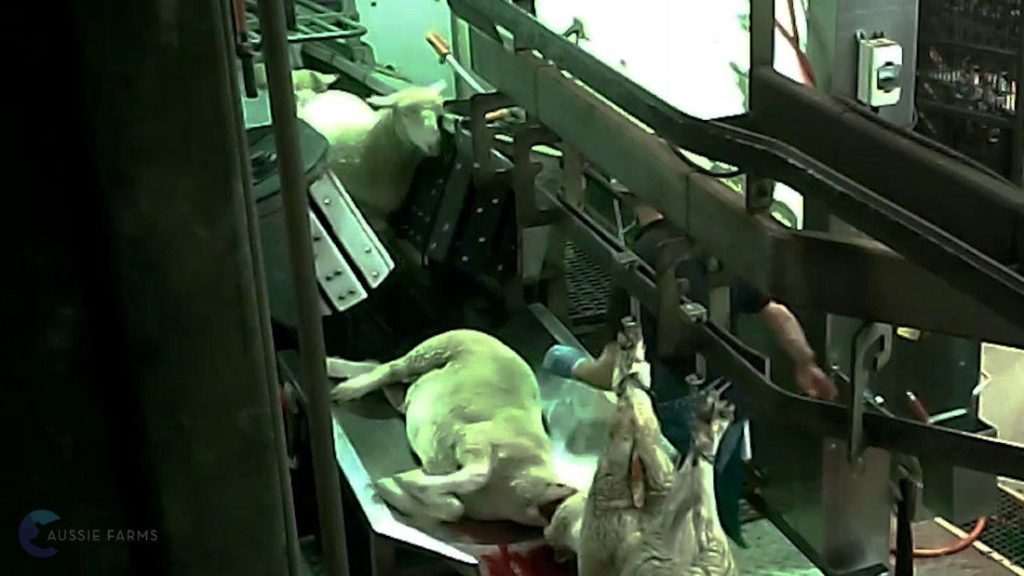
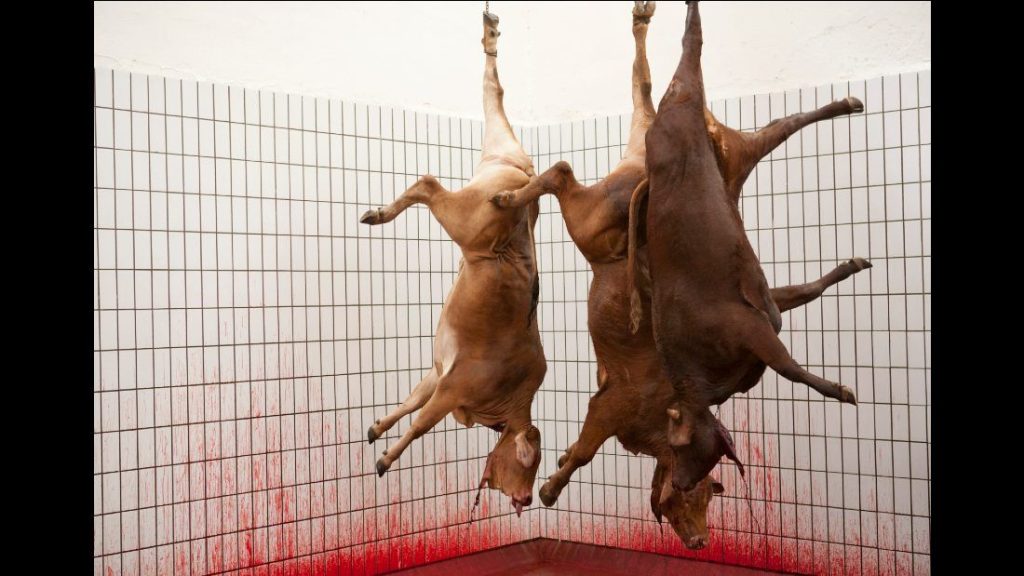
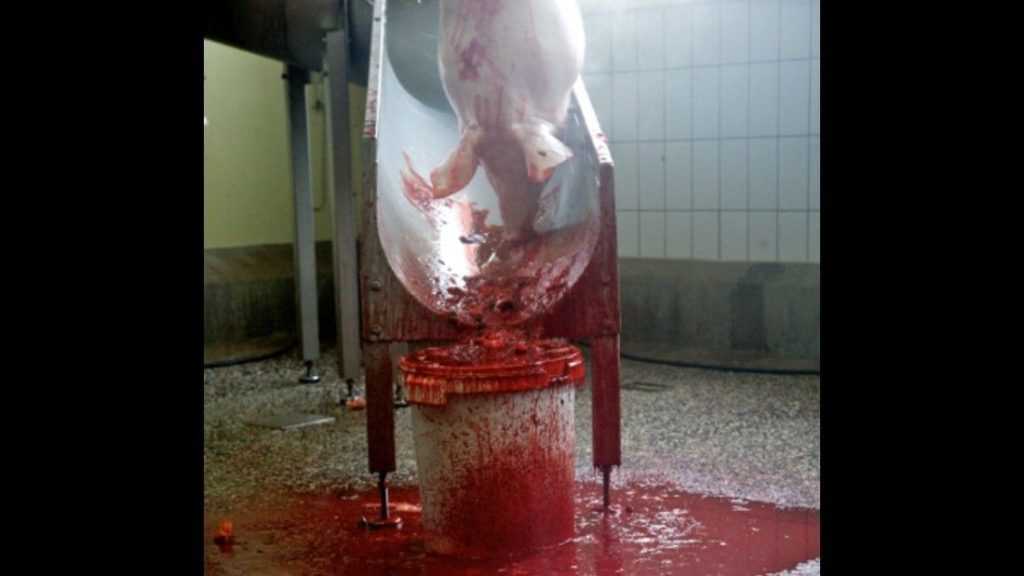
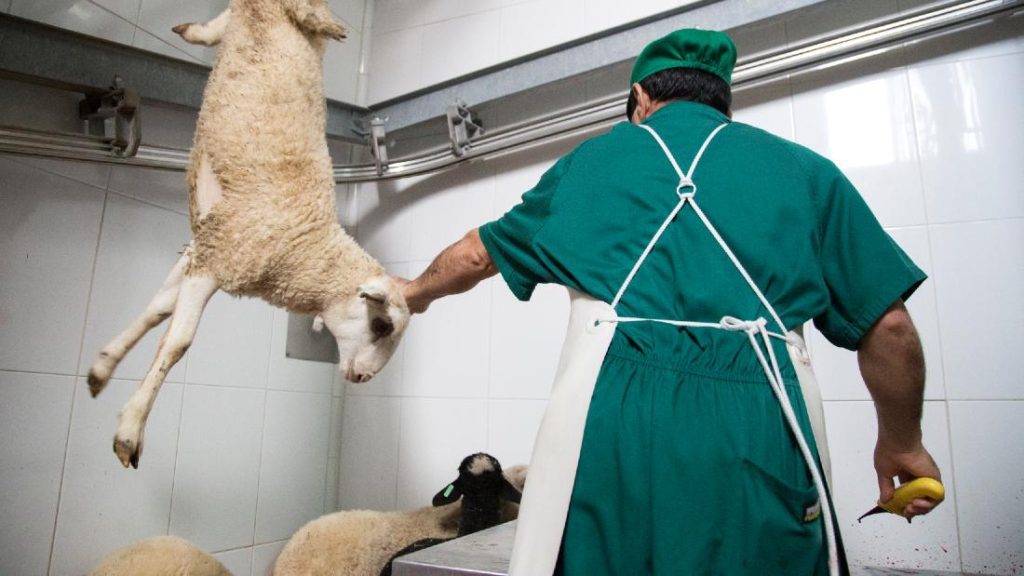
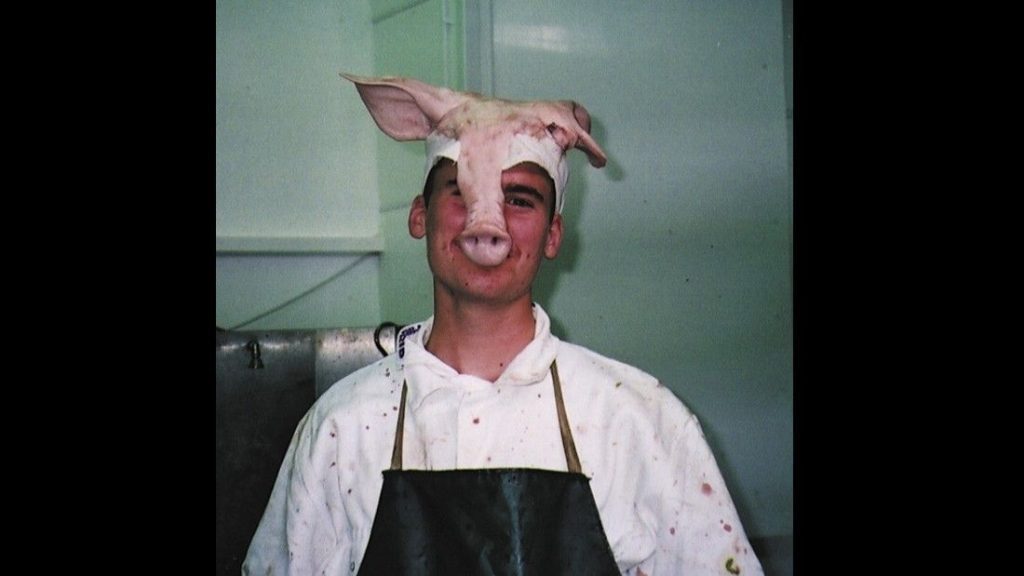
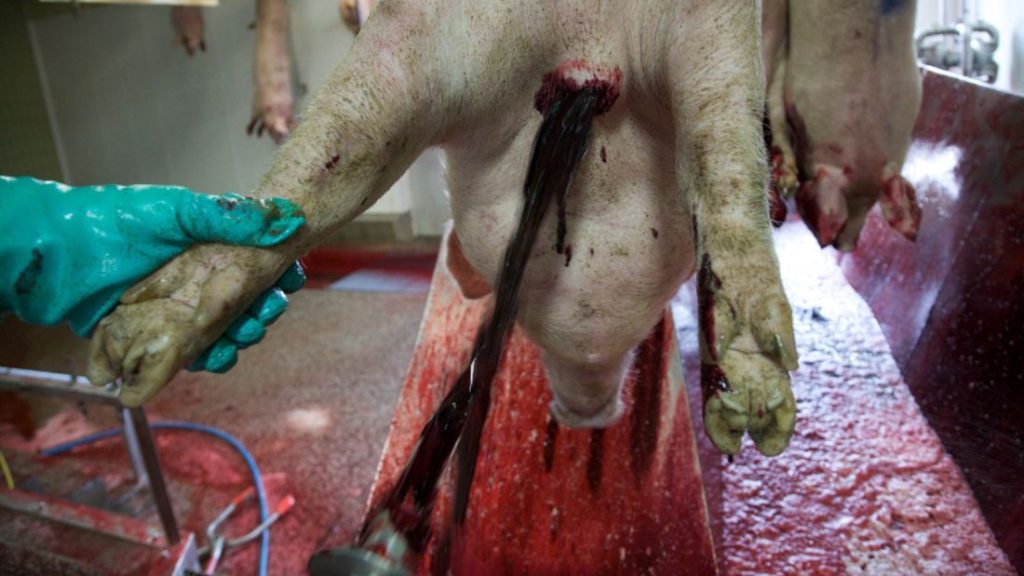
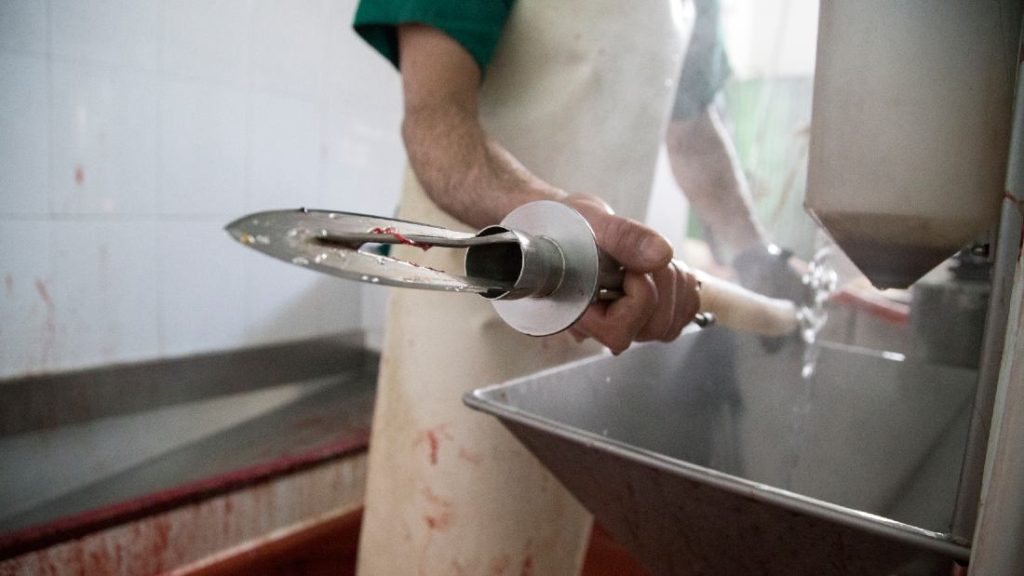
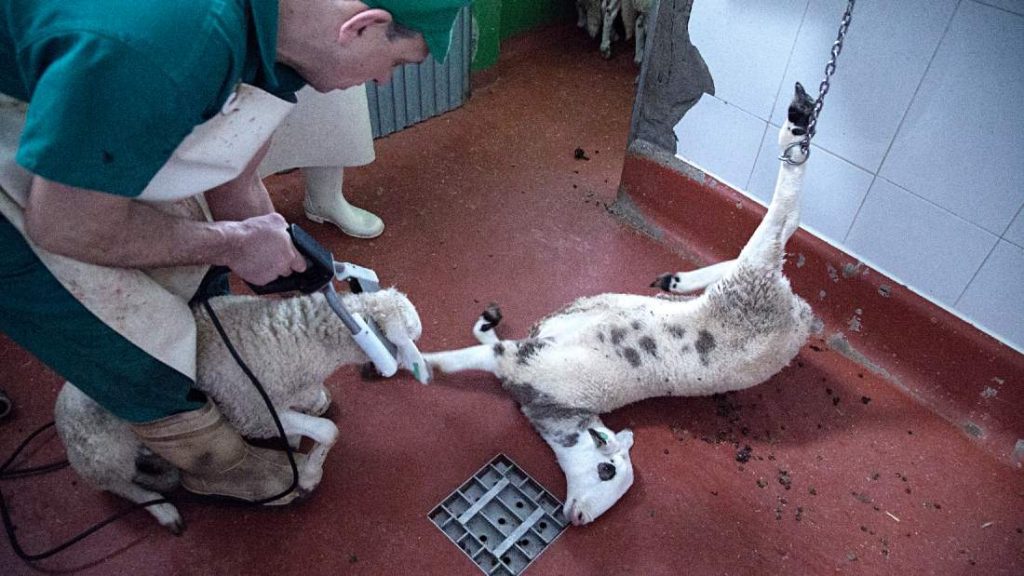
Thrown Away Like Rubbish: The Tragedy of Rejected Chicks
In the egg industry, male chicks are deemed worthless as they cannot lay eggs. As a result, they are routinely killed. Similarly, many other chicks in the meat industry are rejected because of their size or health conditions. Tragically, these defenceless animals are often drowned, crushed, buried alive, or burned.
Facts
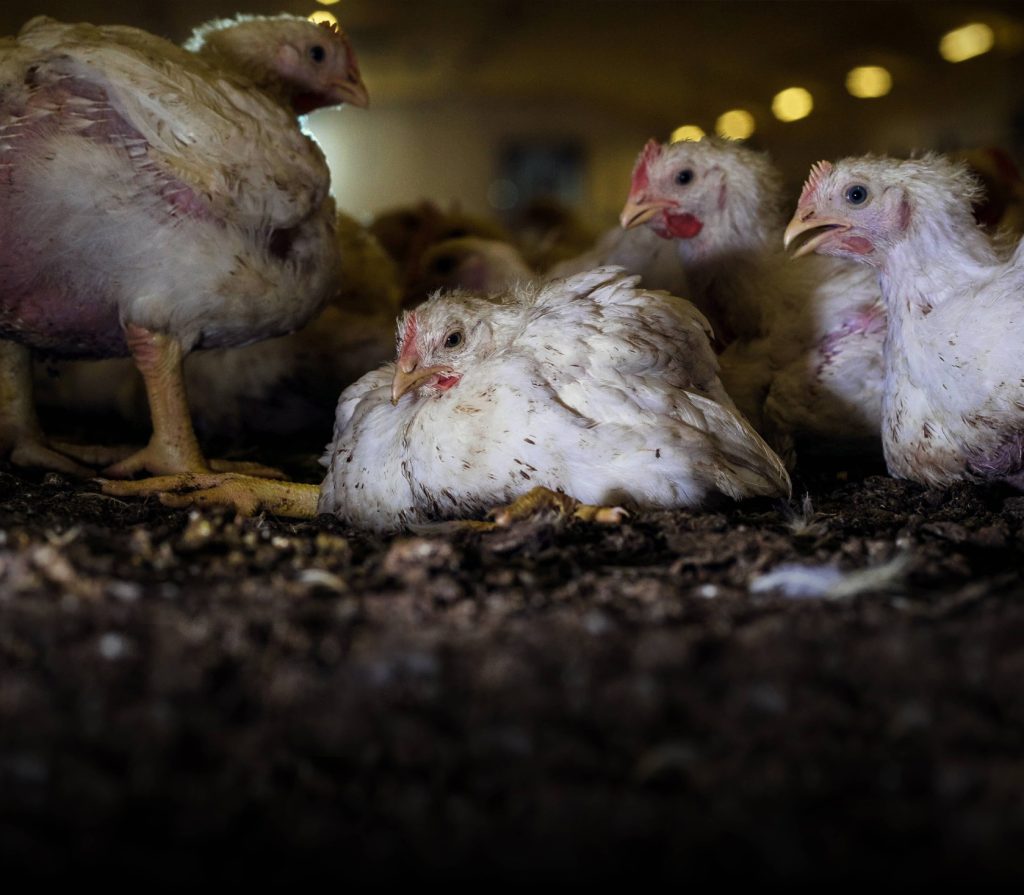
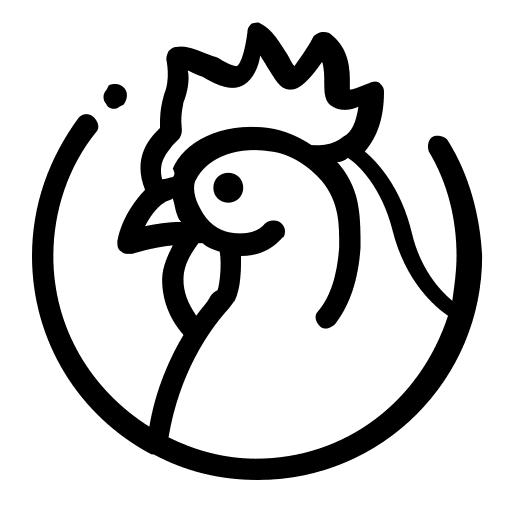
Frankenchickens
Bred for profit, meat chickens grow so fast their bodies fail. Many suffer organ collapse—hence the name “Frankenchickens” or “plofkips” (exploding chickens).
Behind Bars
Trapped in crates barely larger than their bodies, pregnant pigs endure entire pregnancies unable to move—cruel confinement for intelligent, sentient beings.
Silent Slaughter
On dairy farms, nearly half of all calves are killed simply for being male—unable to produce milk, they're deemed worthless and slaughtered for veal within weeks or months of birth.
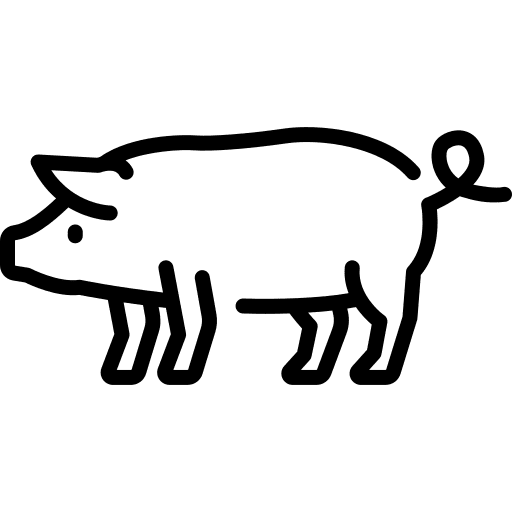
Amputations
Beaks, tails, teeth, and toes are cut off—without anaesthesia—just to make it easier to confine animals in cramped, stressful conditions. Suffering isn’t accidental—it’s built into the system.

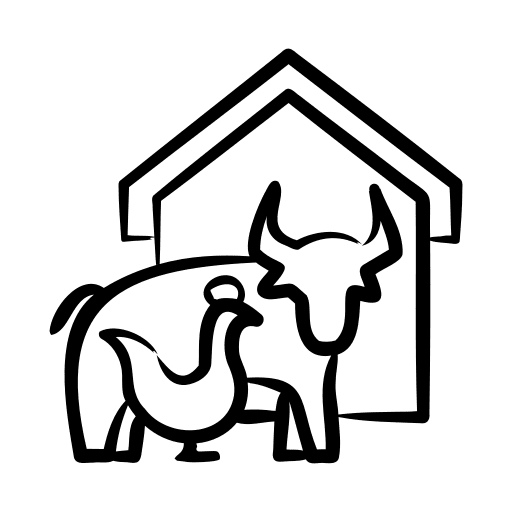
The Animals in Animal Agriculture
Impact of
Animal Agriculture
How Livestock Farming Causes Immense Suffering
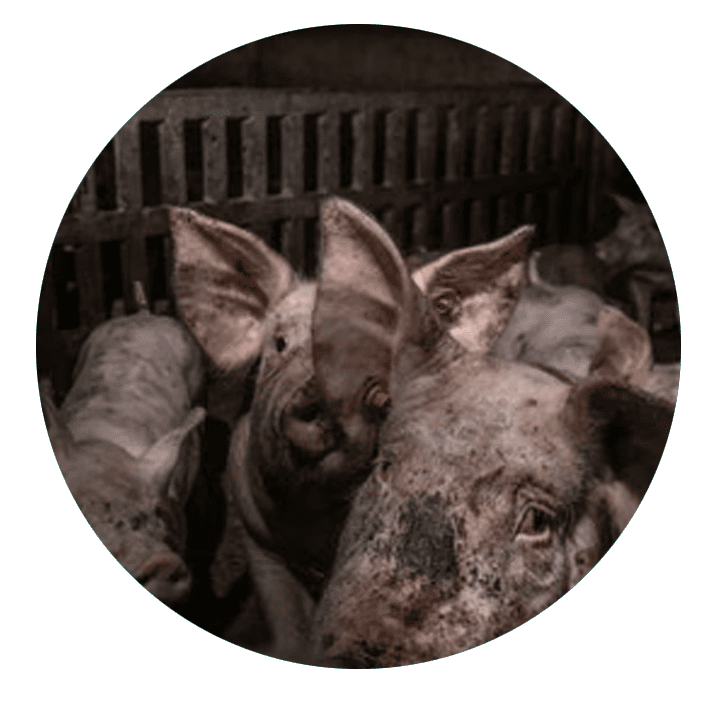

It hurts animals.
Factory farms are nothing like the peaceful pastures shown in ads—animals are crammed into tight spaces, mutilated without pain relief, and genetically pushed to grow unnaturally fast, only to be killed while still young.

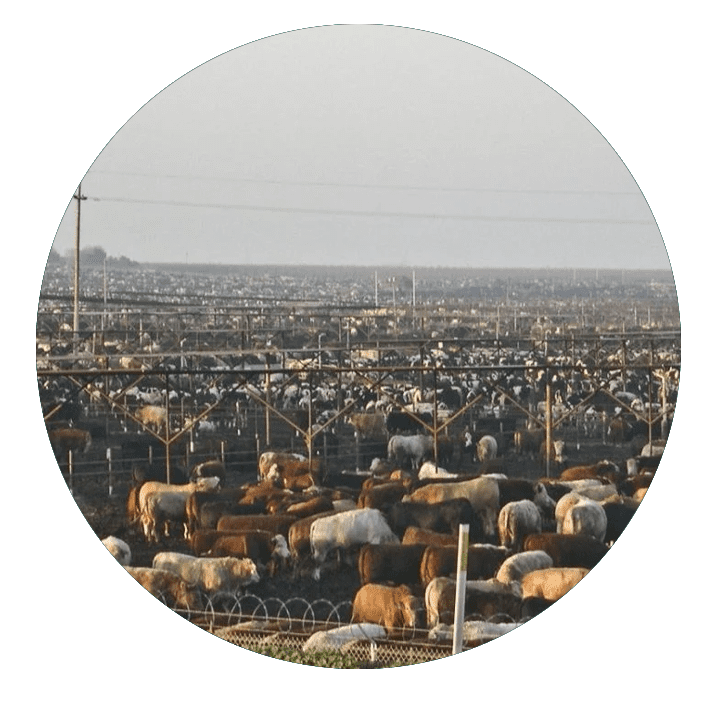

It hurts our planet.
Animal agriculture generates massive waste and emissions, polluting land, air, and water—driving climate change, land degradation, and ecosystem collapse.

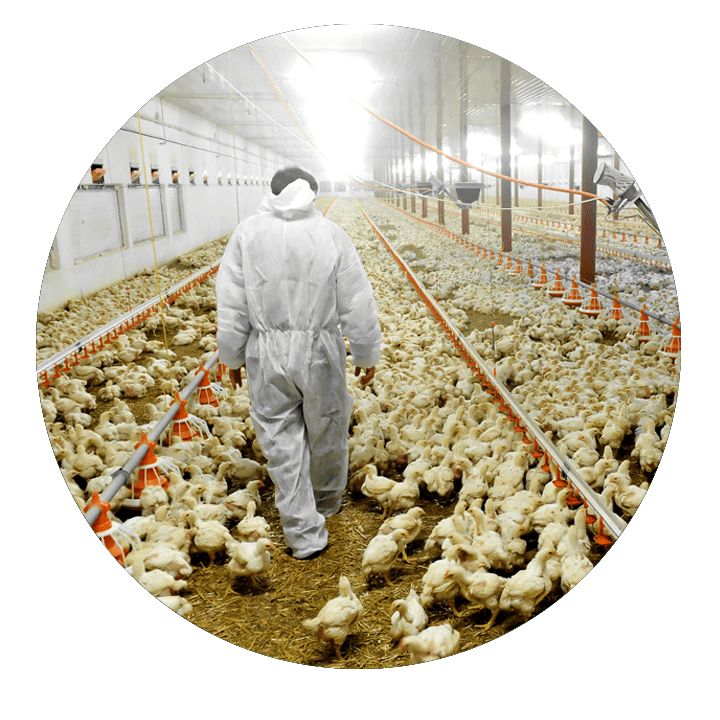

It hurts our health.
Factory farms rely on feeds, hormones, and antibiotics that jeopardise human health by promoting chronic illness, obesity, antibiotic resistance, and increasing the risk of widespread zoonotic diseases.

Ignored Issues
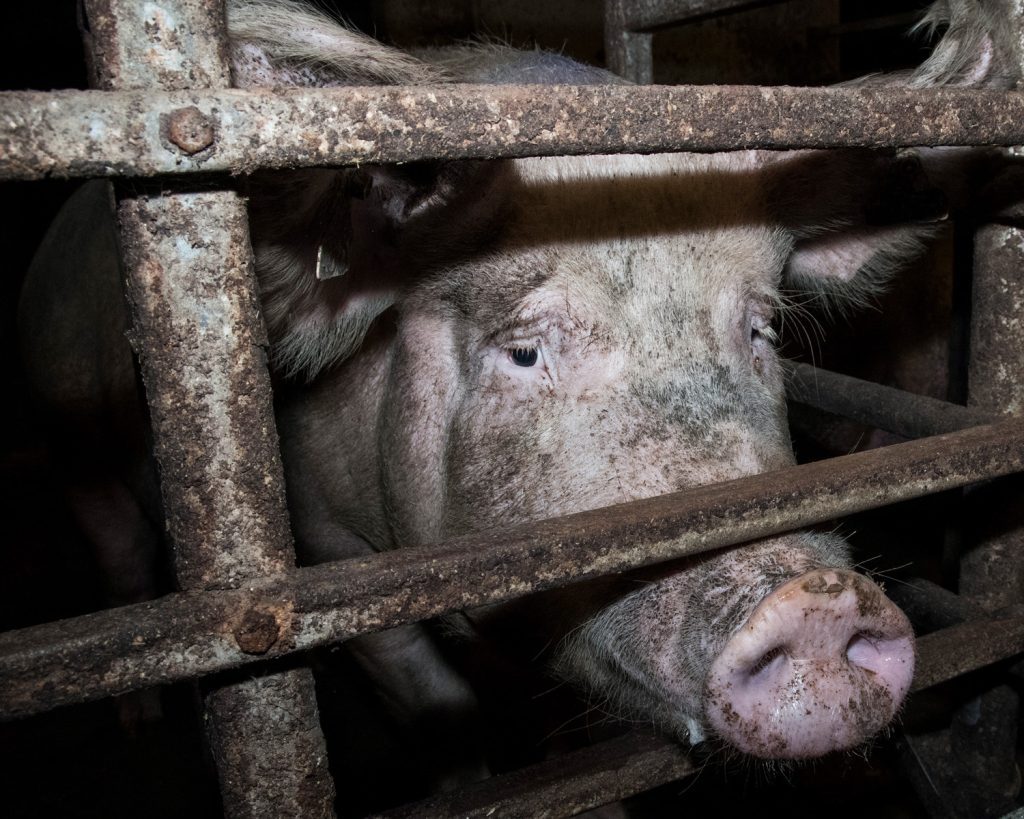
Animal Cruelty

Animal Testing
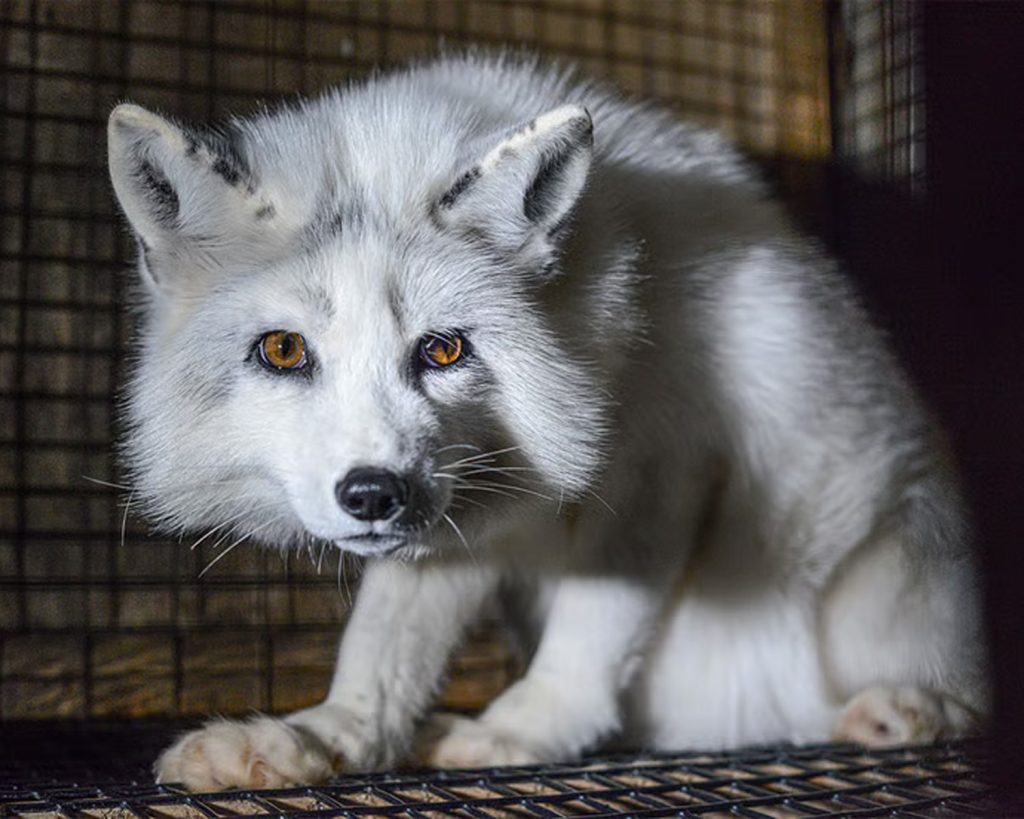
Clothing
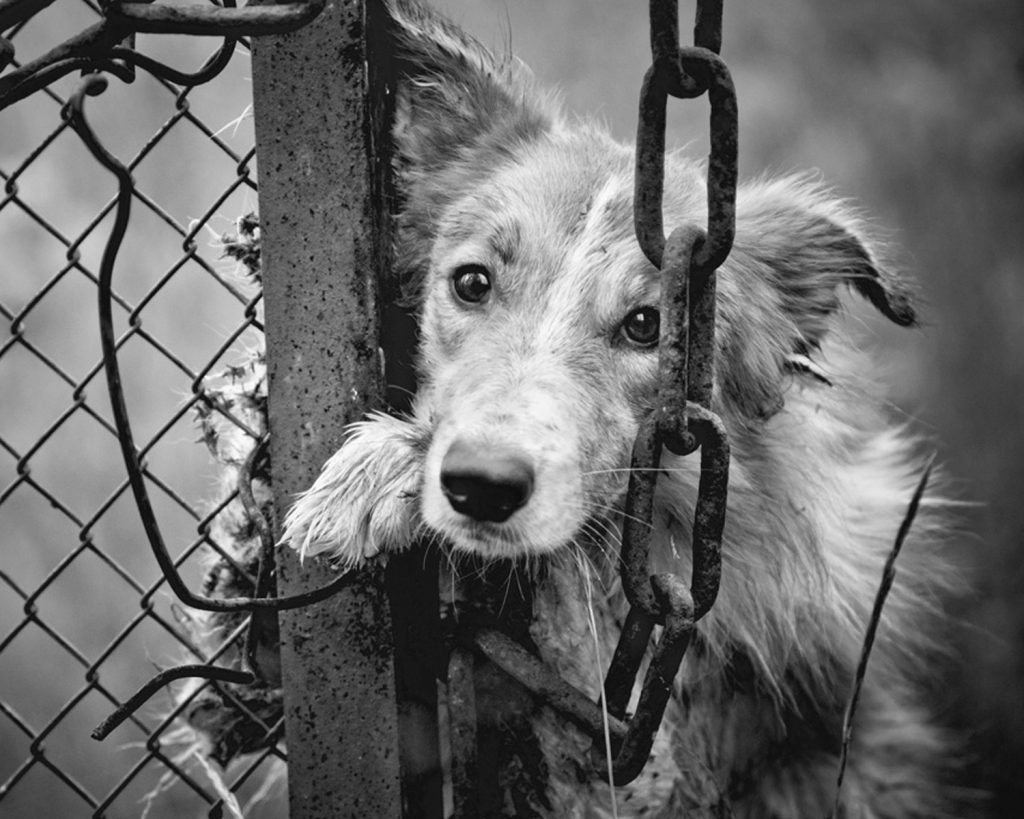
Companion Animals
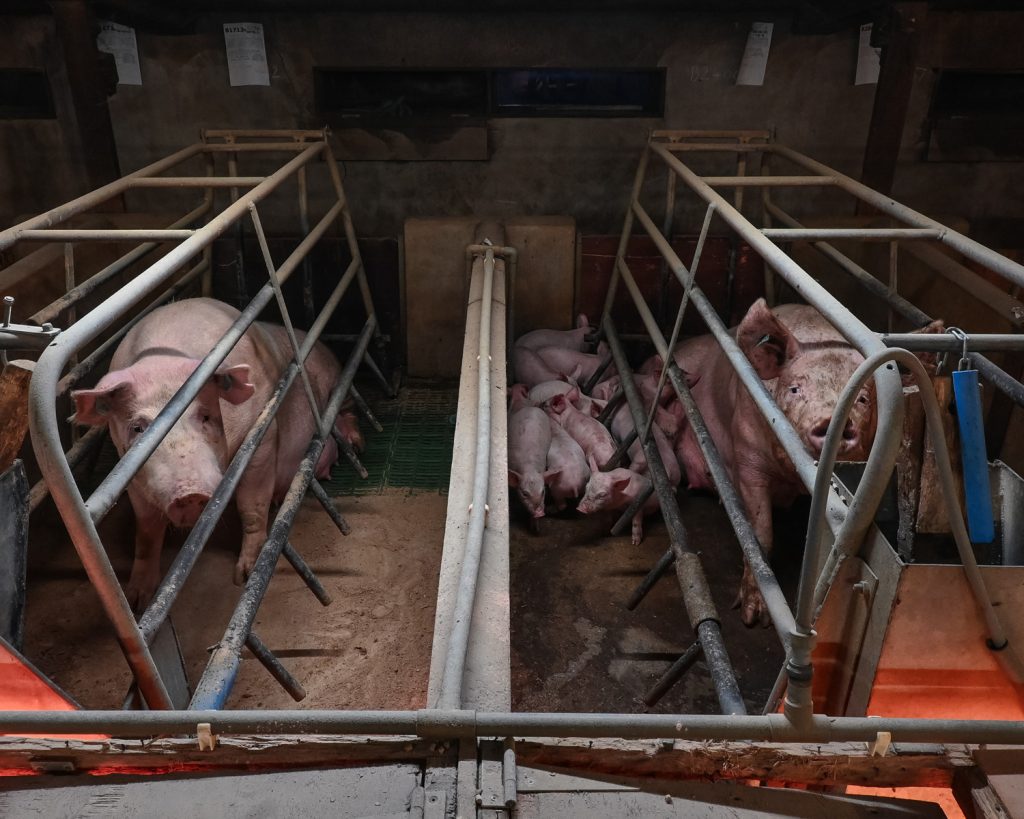
Confinement
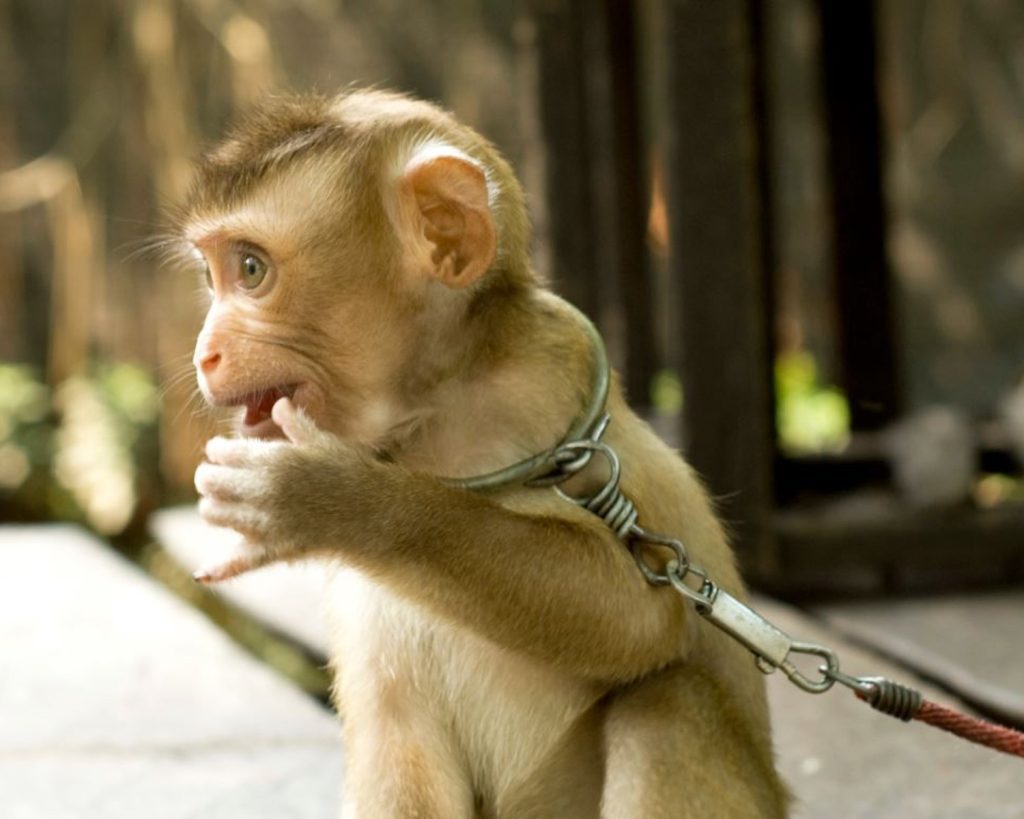
Entertainment
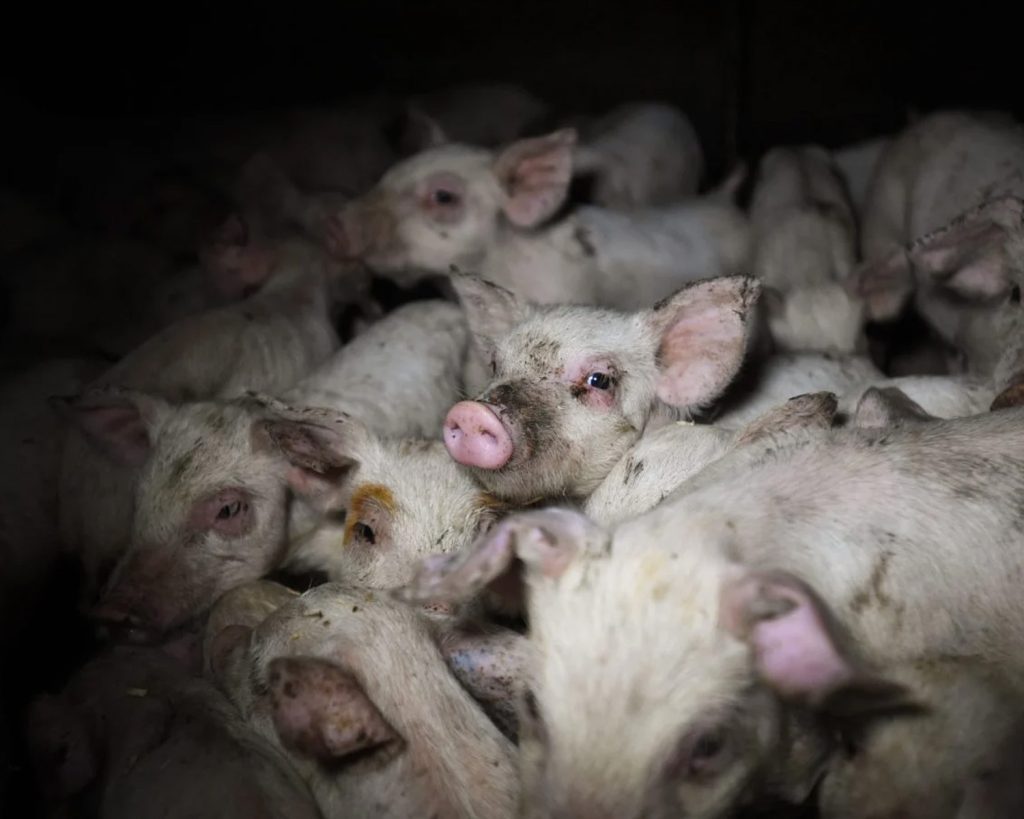
Factory Farming Practices

Food
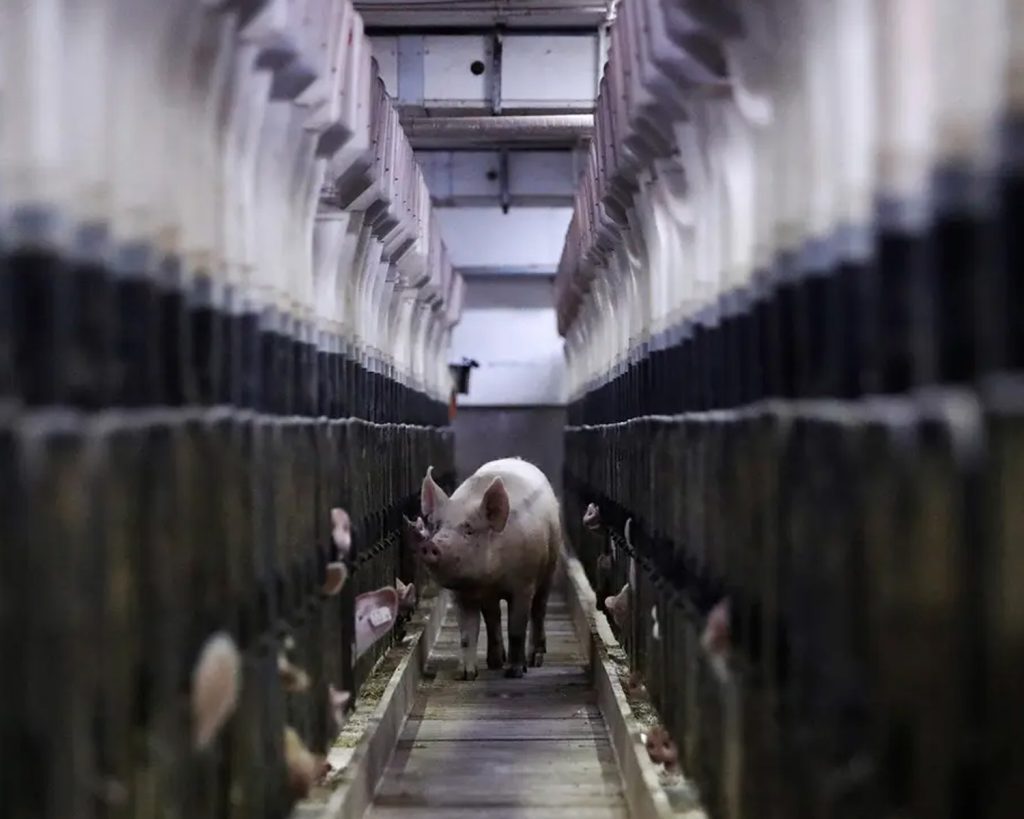
Slaughter
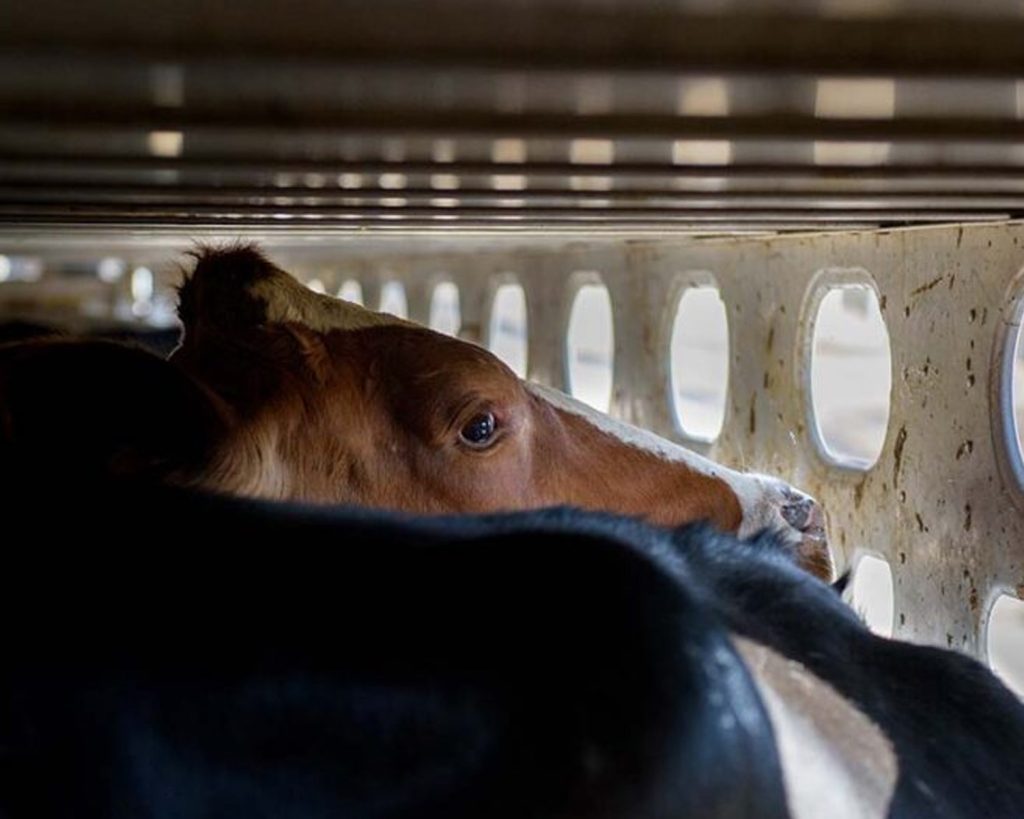
Transportation
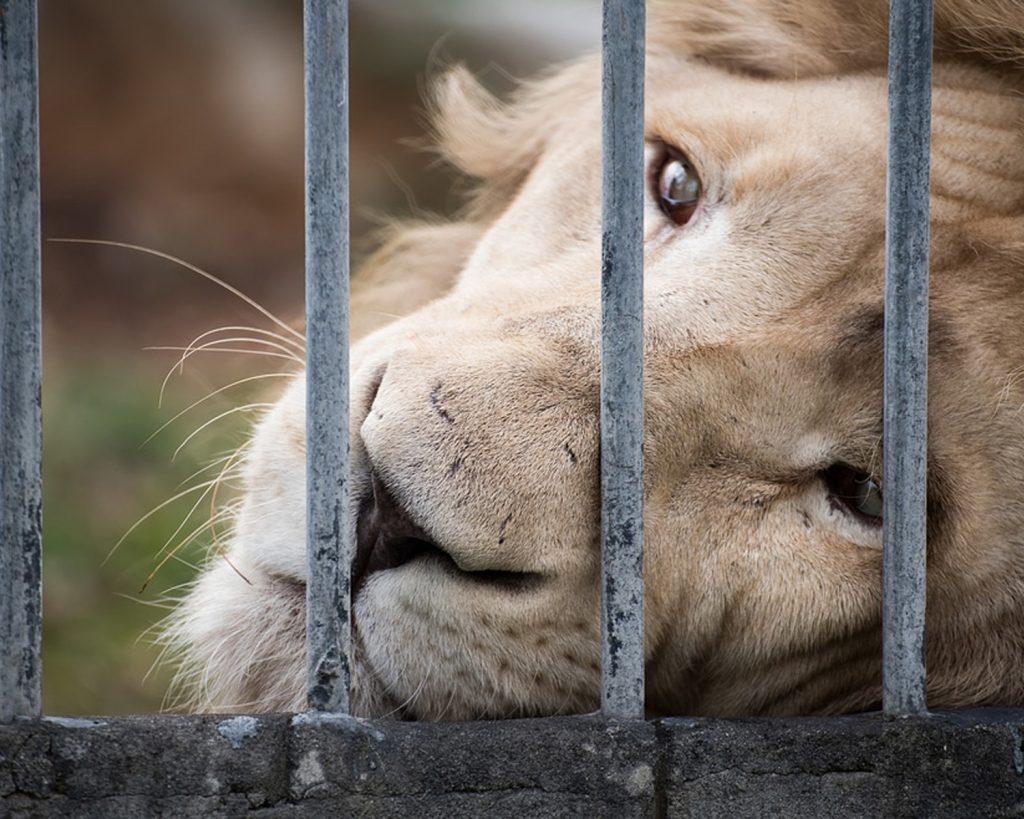
Wildlife
The latest
Animal exploitation is a pervasive issue that has plagued our society for centuries. From using animals for food, clothing, entertainment,...
With the increasing awareness of the negative impact of our daily consumption habits on the environment and animal welfare, ethical...
In recent years, the term “bunny hugger” has been used to mock and belittle those who advocate for animal rights...
The ocean covers over 70% of the Earth’s surface and is home to a diverse array of aquatic life. In...
Veganism is more than just a dietary choice—it represents a profound ethical and moral commitment to reducing harm and fostering...
Factory farming has become a widespread practice, transforming the way humans interact with animals and shaping our relationship with them...
Animal Sentience
Factory farming has become a widespread practice, transforming the way humans interact with animals and shaping our relationship with them...
Rabbits are generally healthy, active, and social animals, but just like any pet, they can become ill. As prey animals,...
Slaughterhouses are places where animals are processed for meat and other animal products. While many people are unaware of the...
Pigs have long been associated with farm life, often stereotyped as dirty, unintelligent animals. However, recent studies are challenging this...
Animal Welfare and Rights
Animal exploitation is a pervasive issue that has plagued our society for centuries. From using animals for food, clothing, entertainment,...
With the increasing awareness of the negative impact of our daily consumption habits on the environment and animal welfare, ethical...
In recent years, the term “bunny hugger” has been used to mock and belittle those who advocate for animal rights...
Veganism is more than just a dietary choice—it represents a profound ethical and moral commitment to reducing harm and fostering...
The relationship between animal rights and human rights has long been a subject of philosophical, ethical, and legal debate. While...
In recent years, the concept of cellular agriculture, also known as lab-grown meat, has gained significant attention as a potential...
Factory Farming
The ocean covers over 70% of the Earth’s surface and is home to a diverse array of aquatic life. In...
Chickens who survive the horrific conditions of broiler sheds or battery cages are often subjected to even more cruelty as...
Factory farming, also known as industrial farming, has become the norm in food production across the world. While it may...
Issues
Animal exploitation is a pervasive issue that has plagued our society for centuries. From using animals for food, clothing, entertainment,...
Factory farming has become a widespread practice, transforming the way humans interact with animals and shaping our relationship with them...
Childhood abuse and its long-term effects have been extensively studied and documented. However, one aspect that often goes unnoticed is...
Animal cruelty is a pervasive issue that has plagued societies for centuries, with countless innocent creatures becoming victims of violence,...
Factory farming, a highly industrialized and intensive method of raising animals for food production, has become a significant environmental concern....


